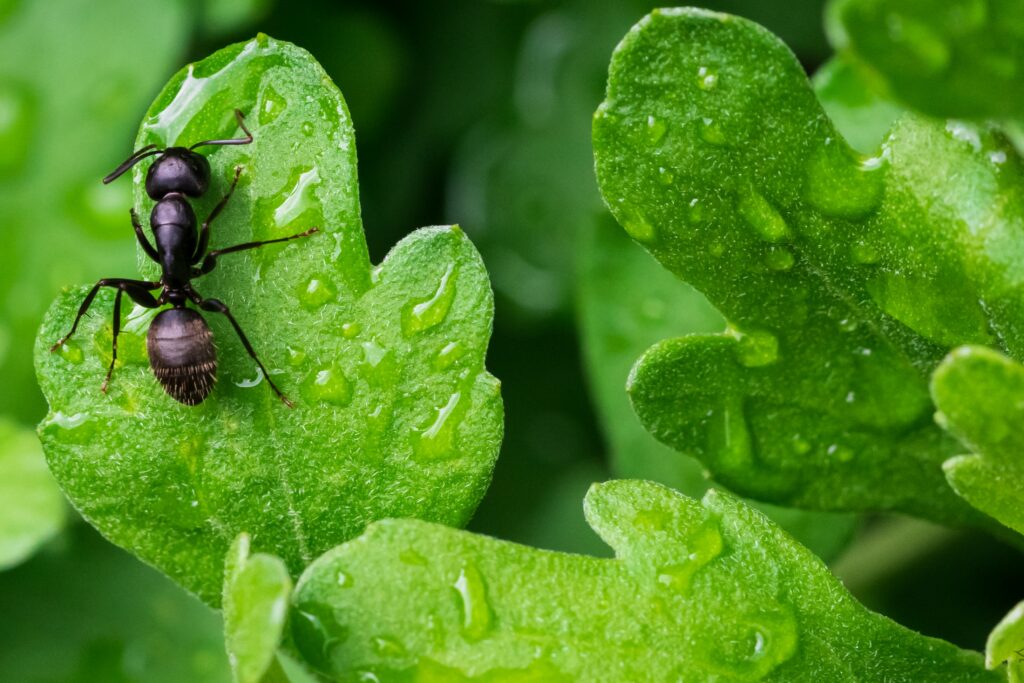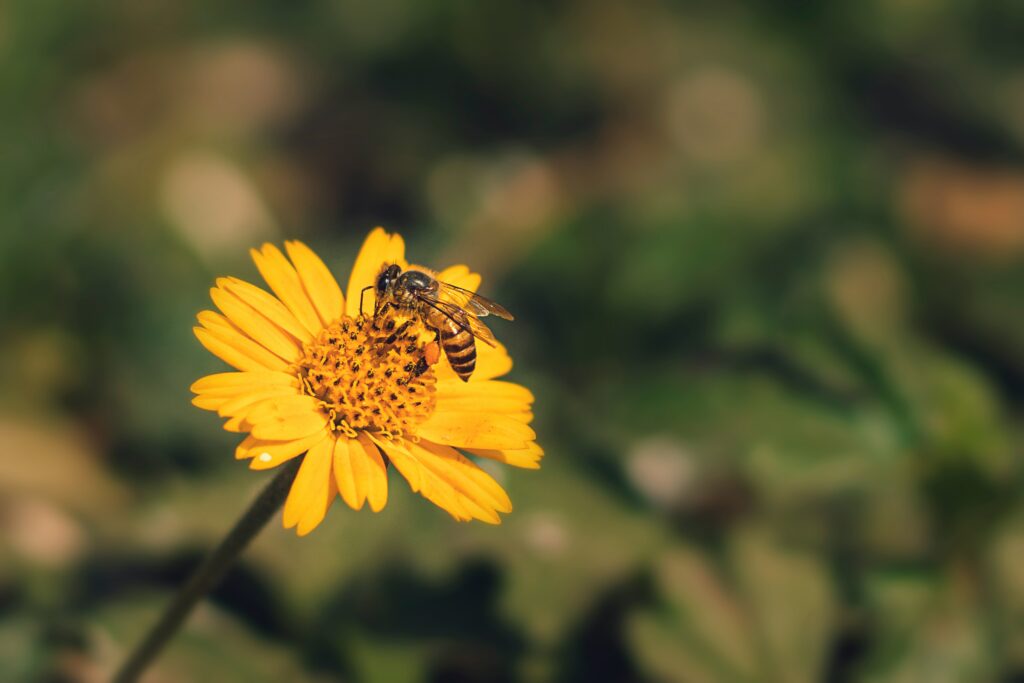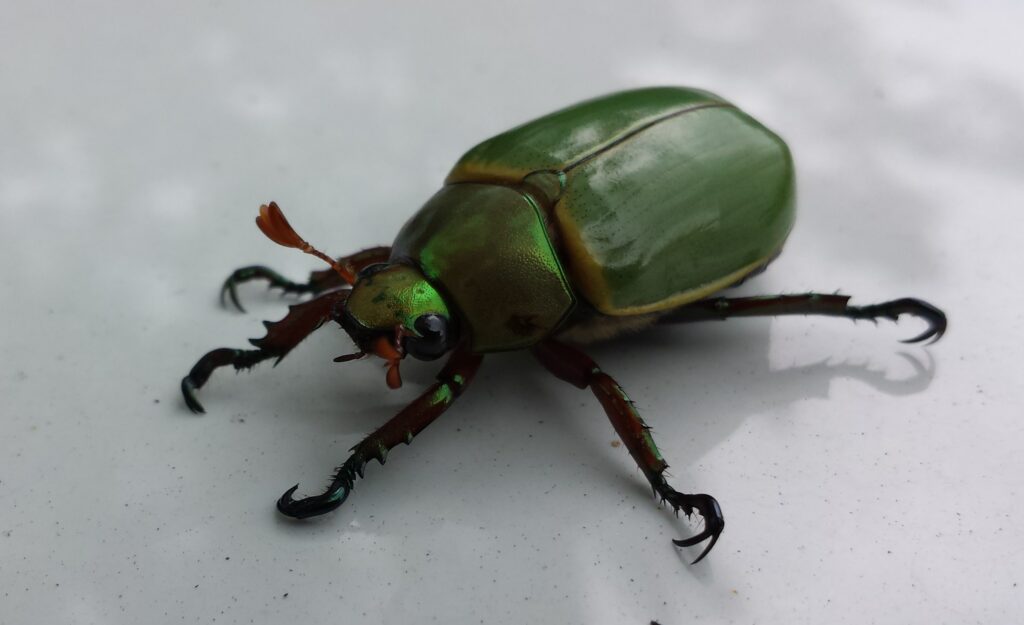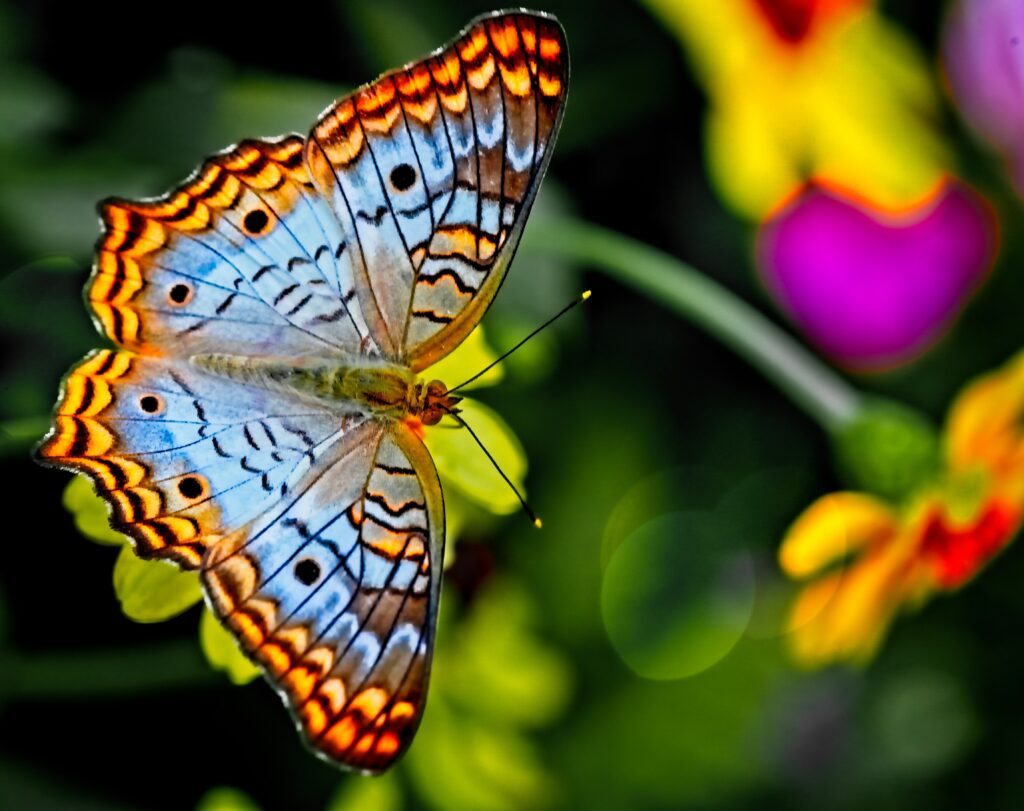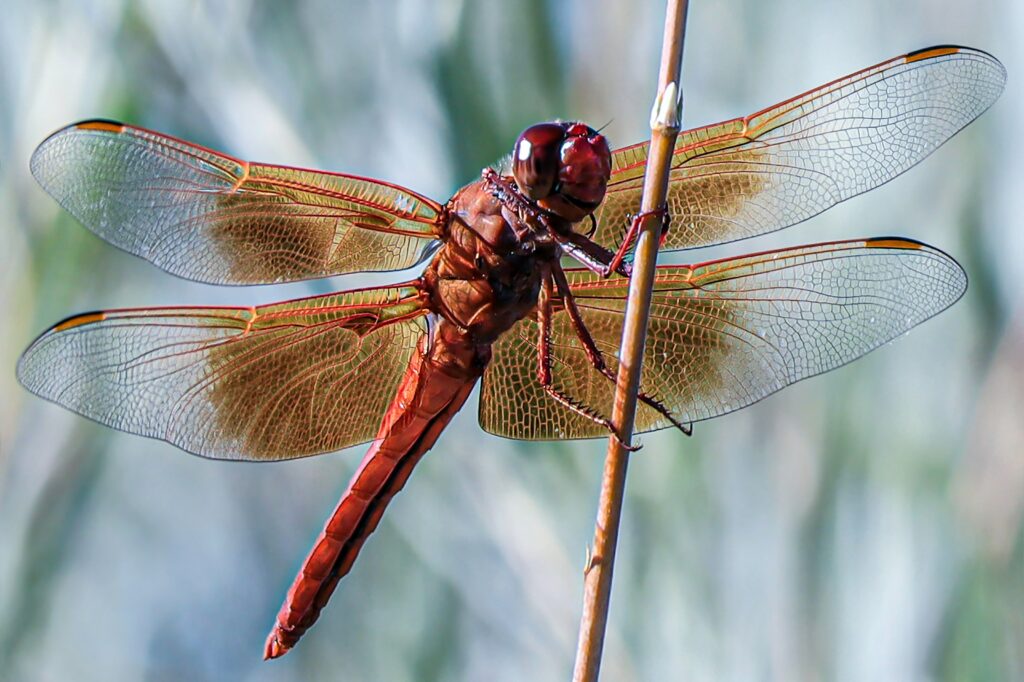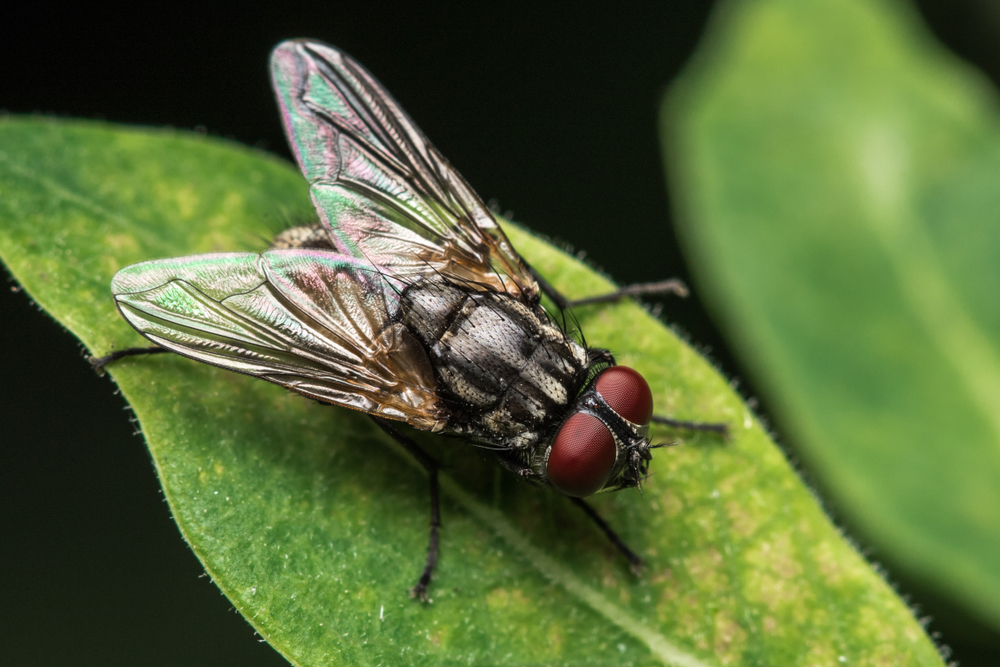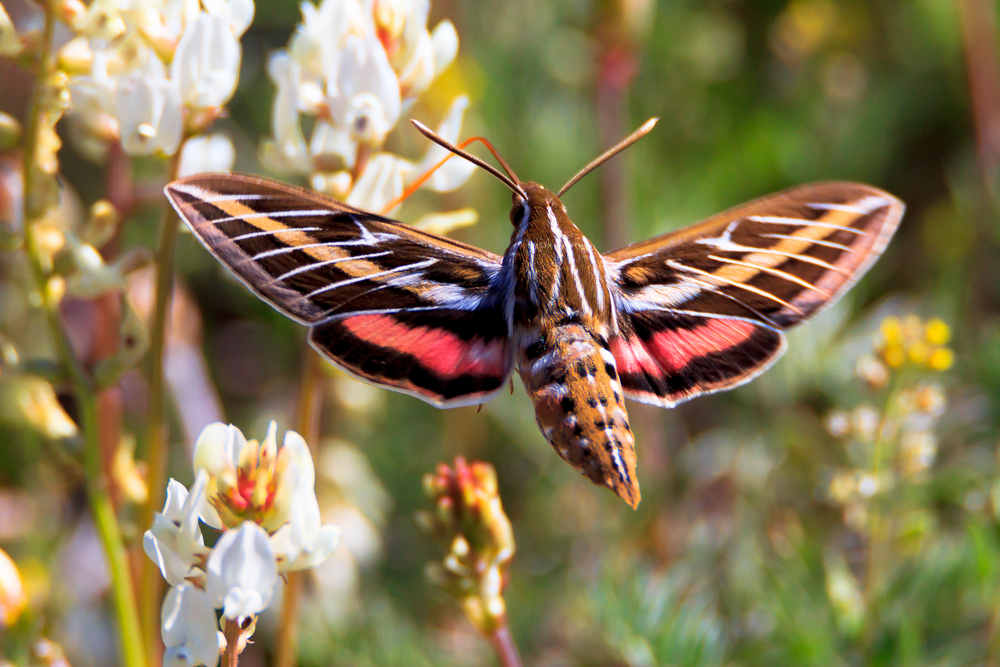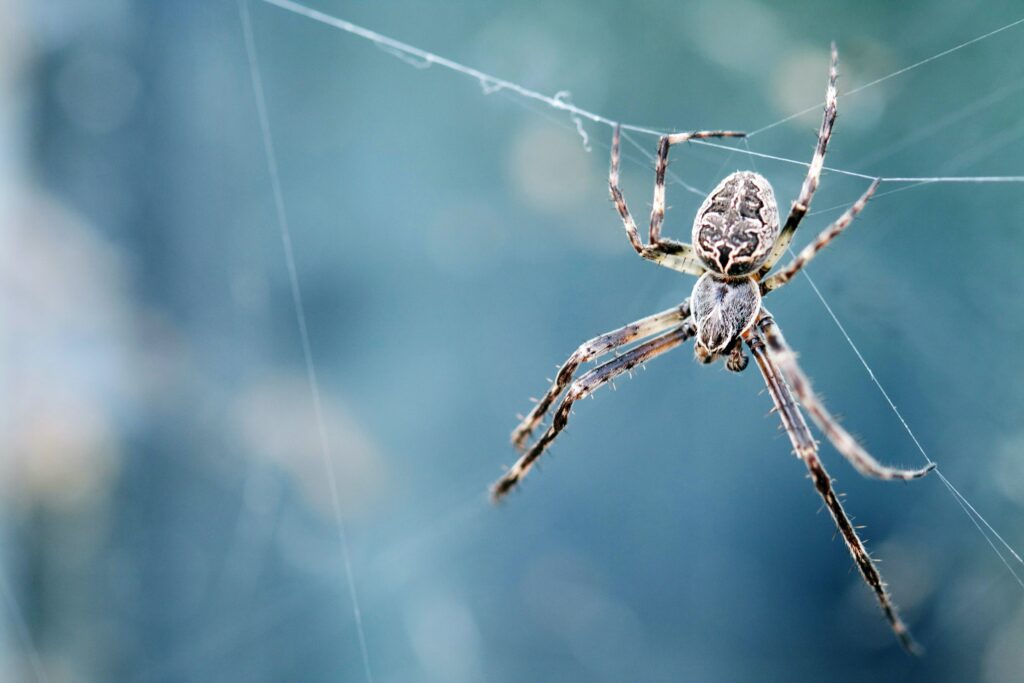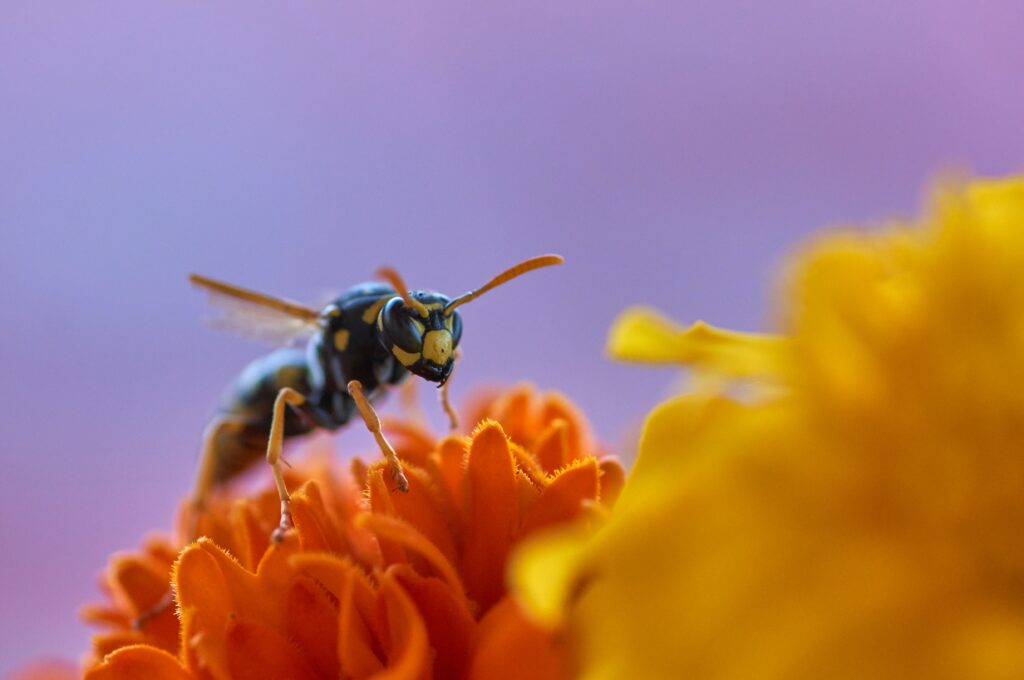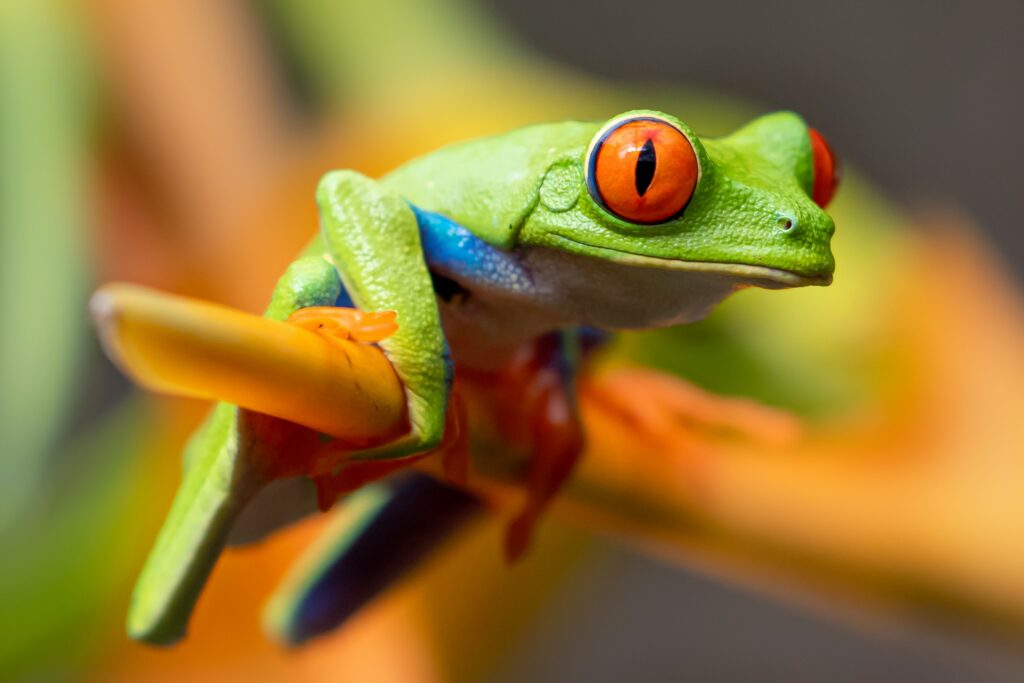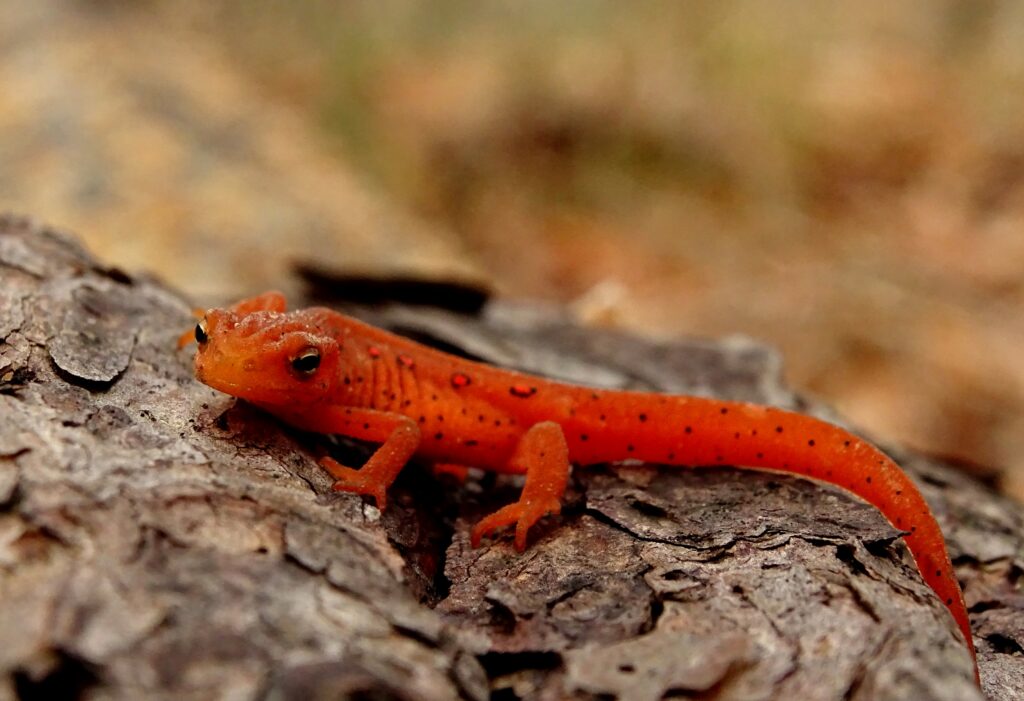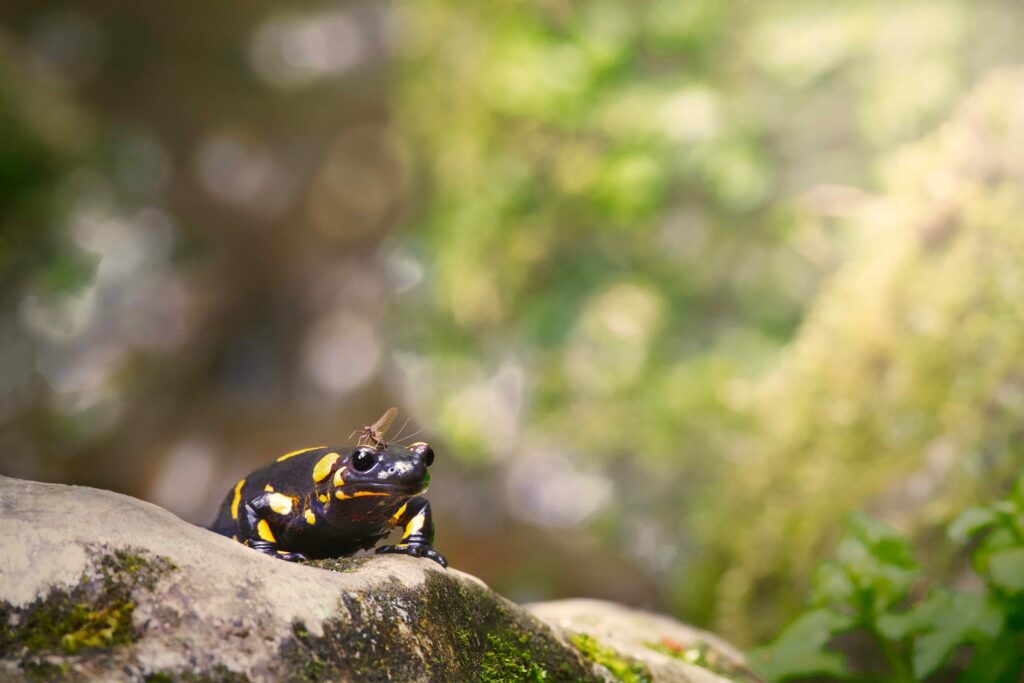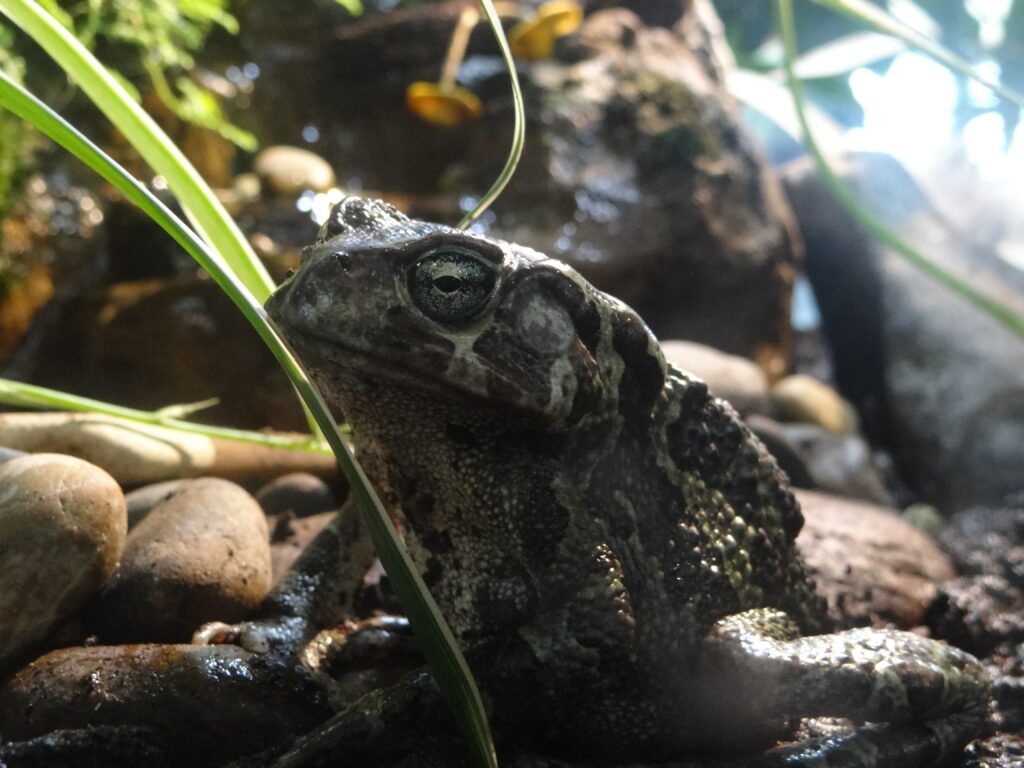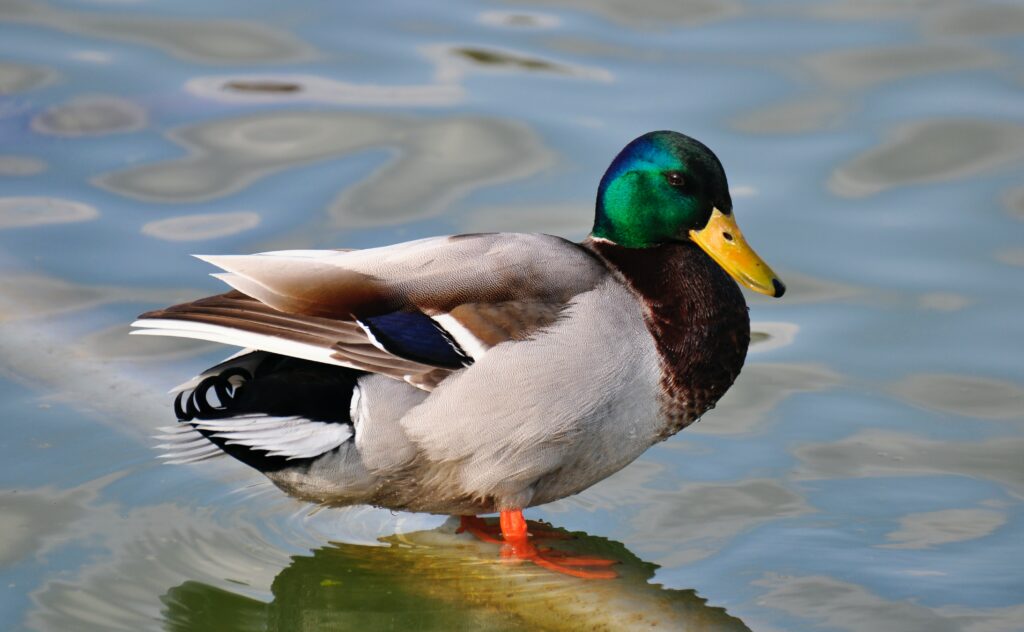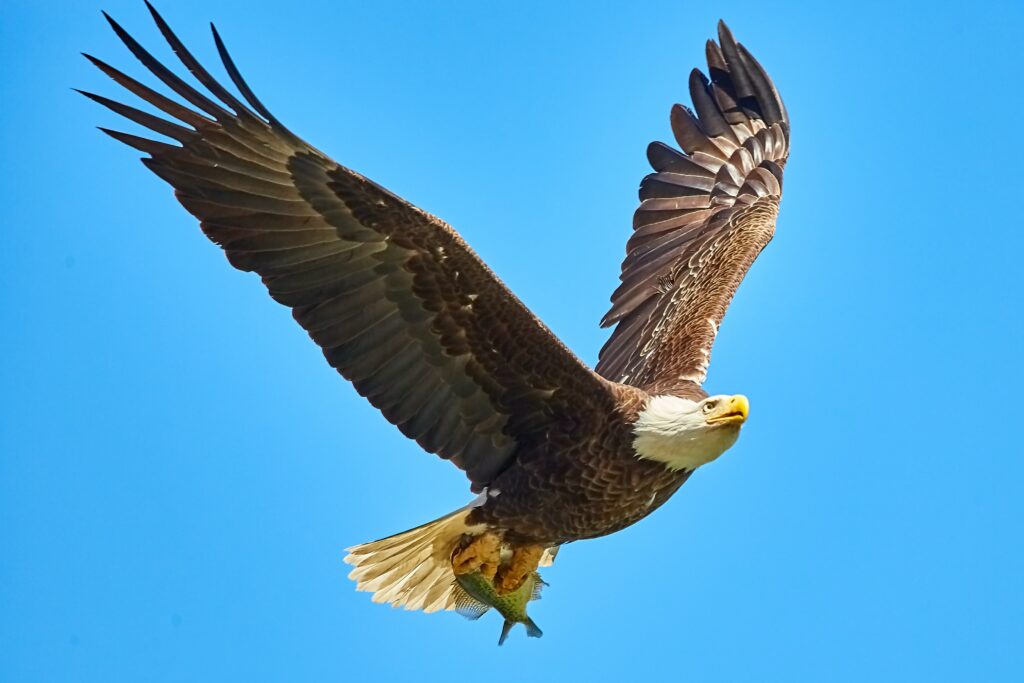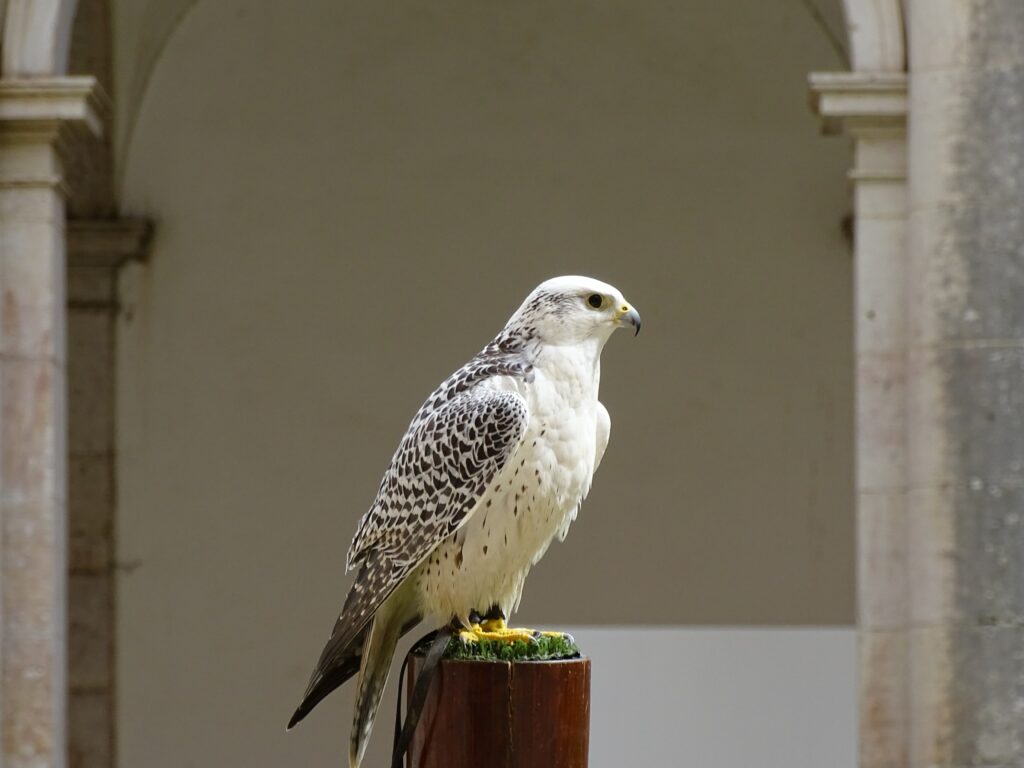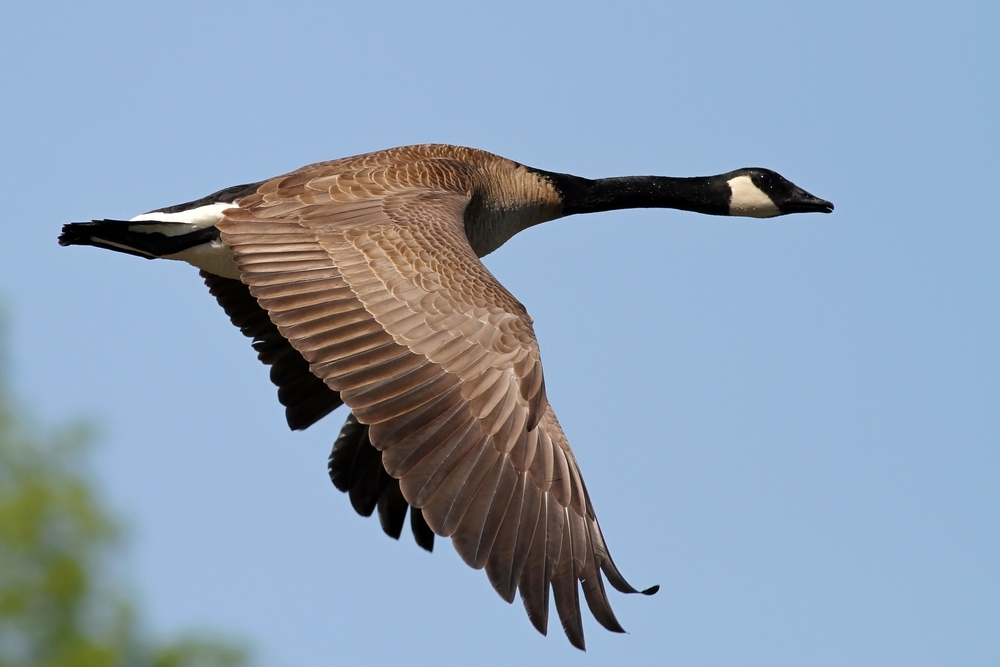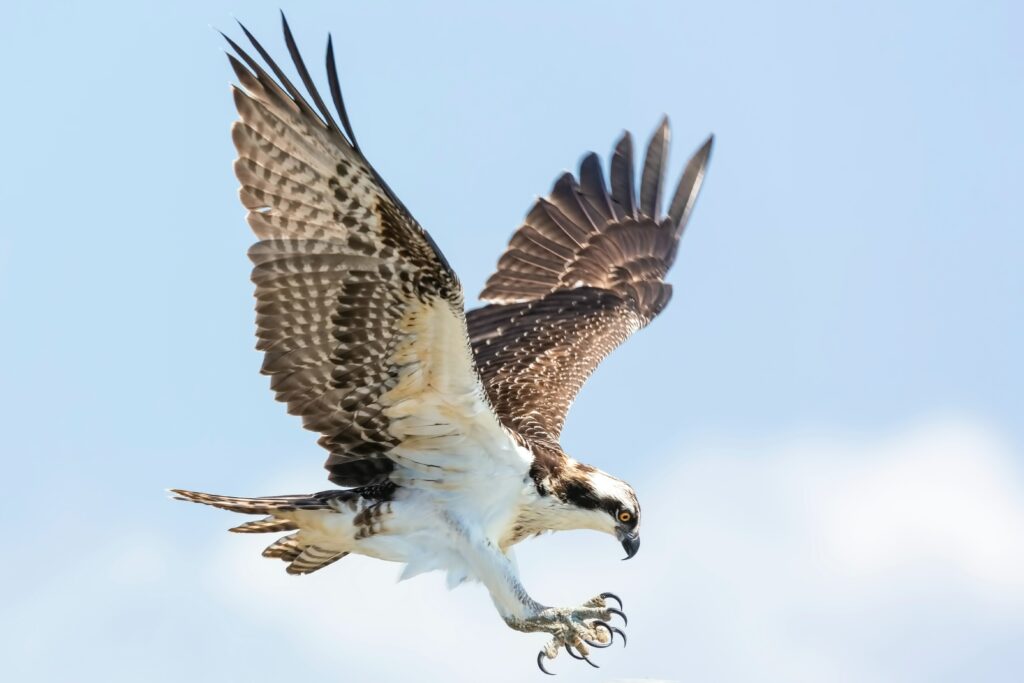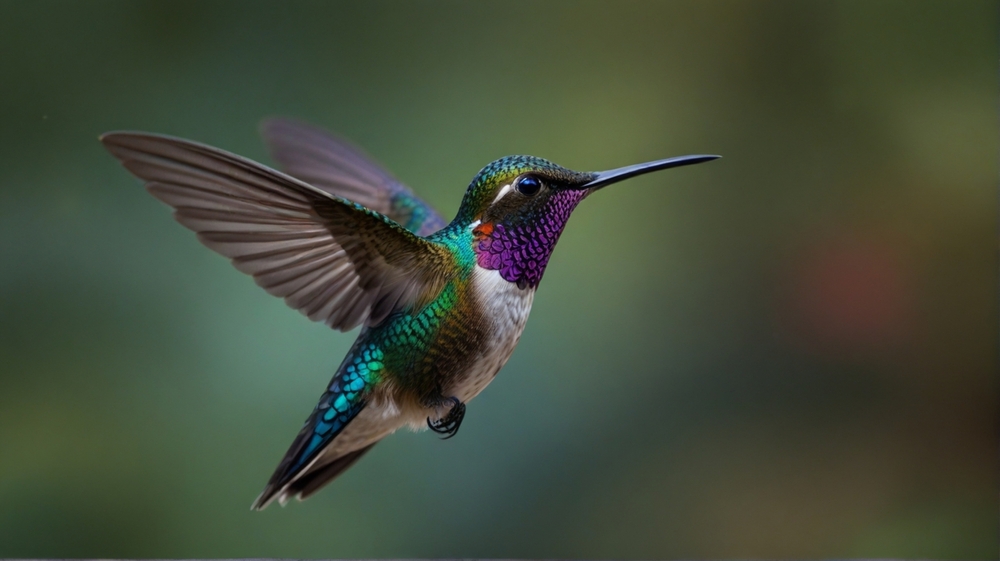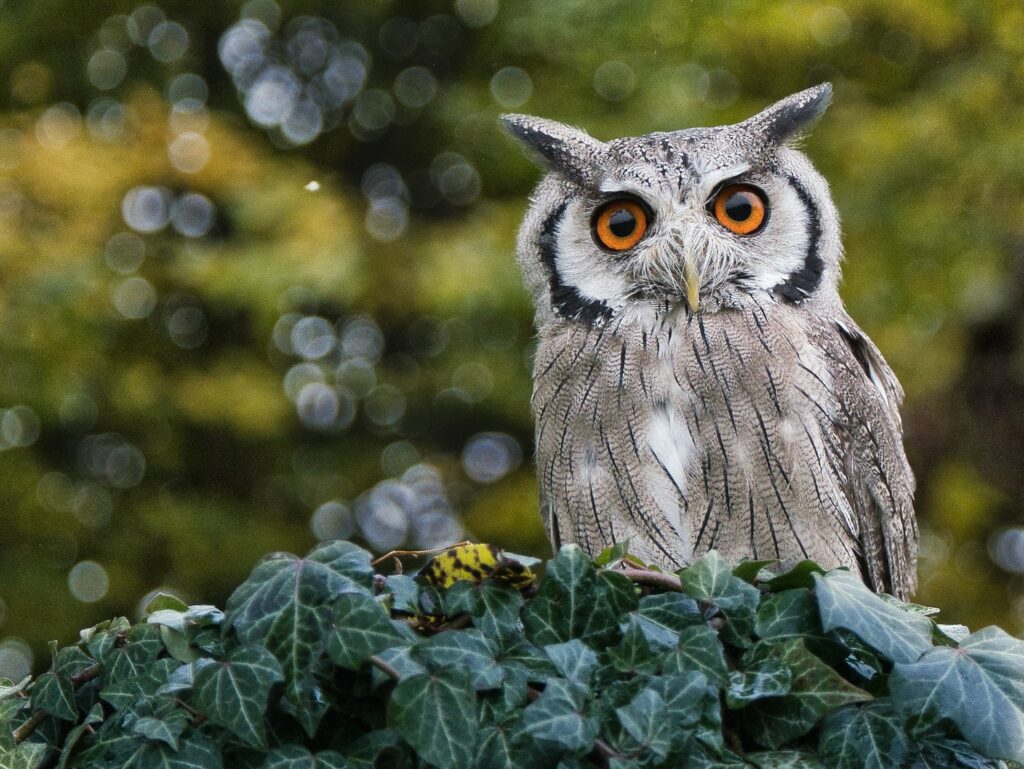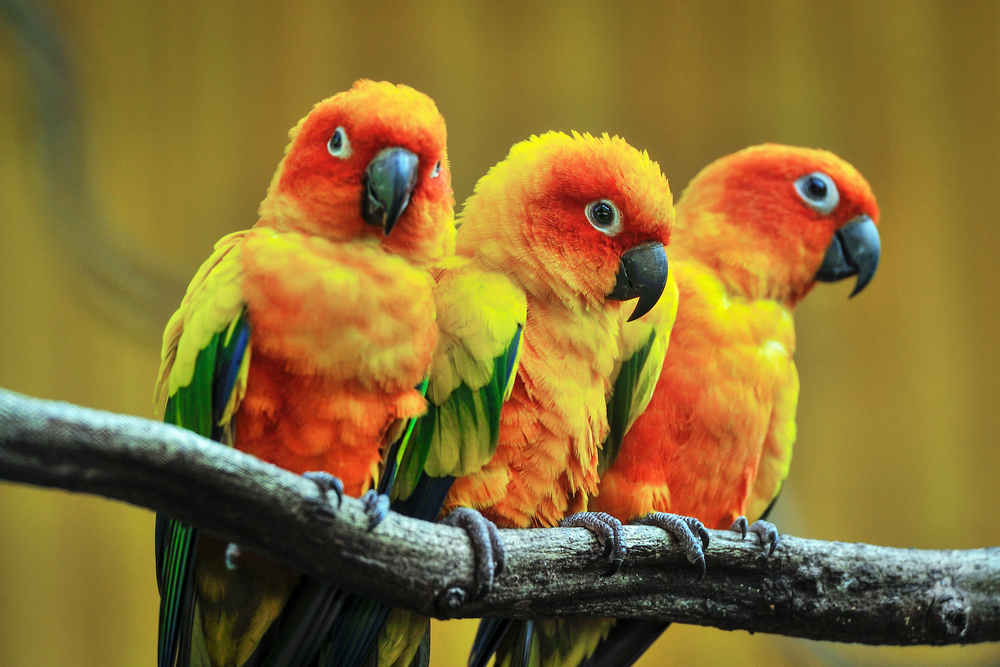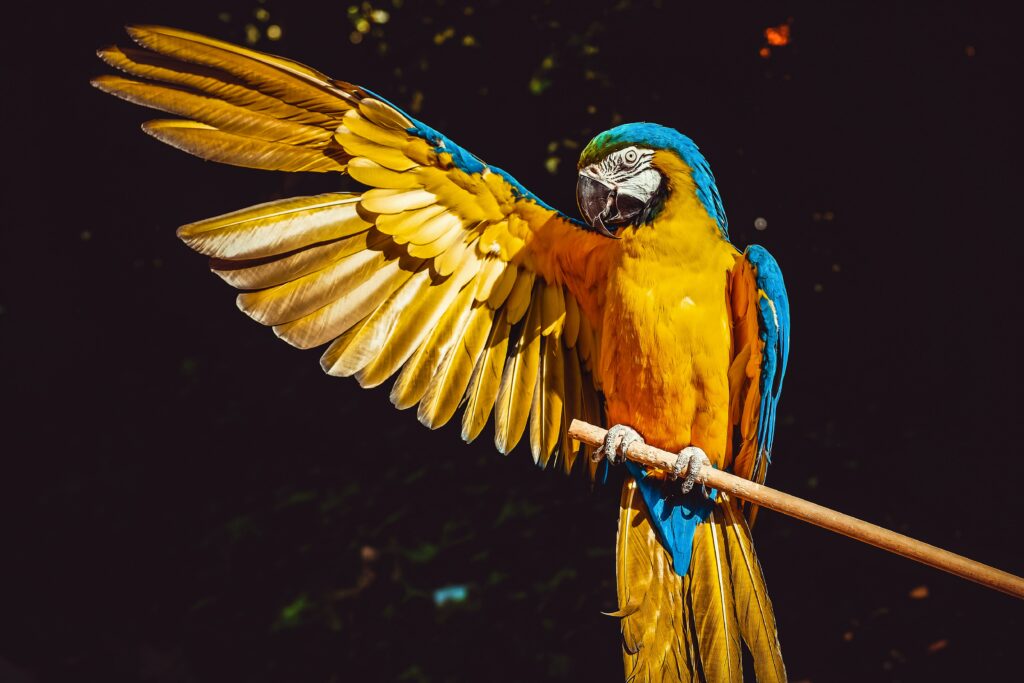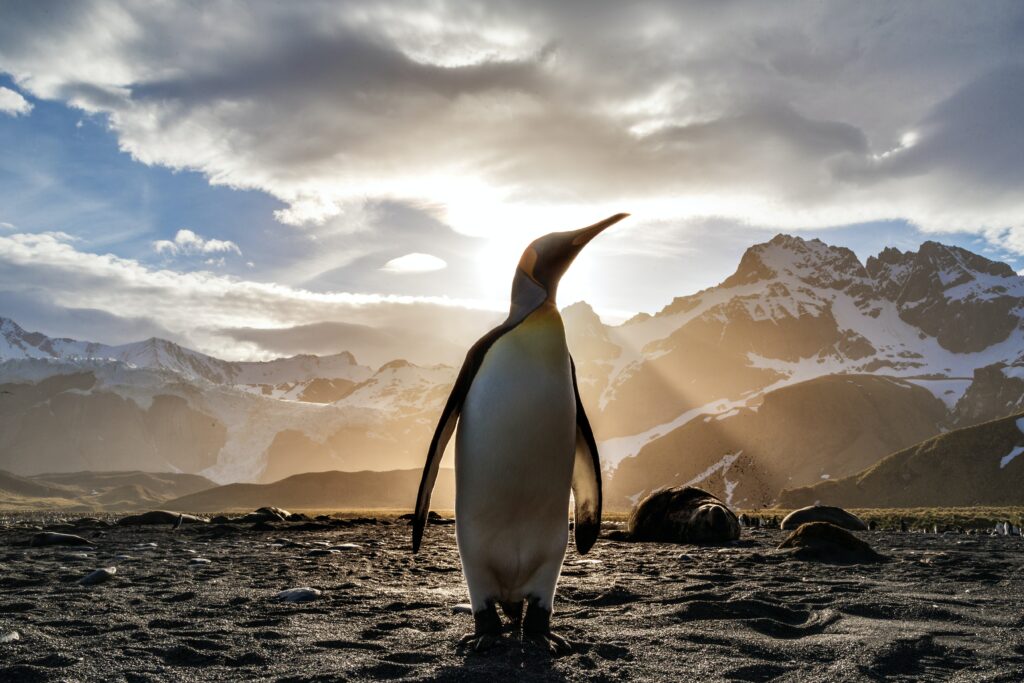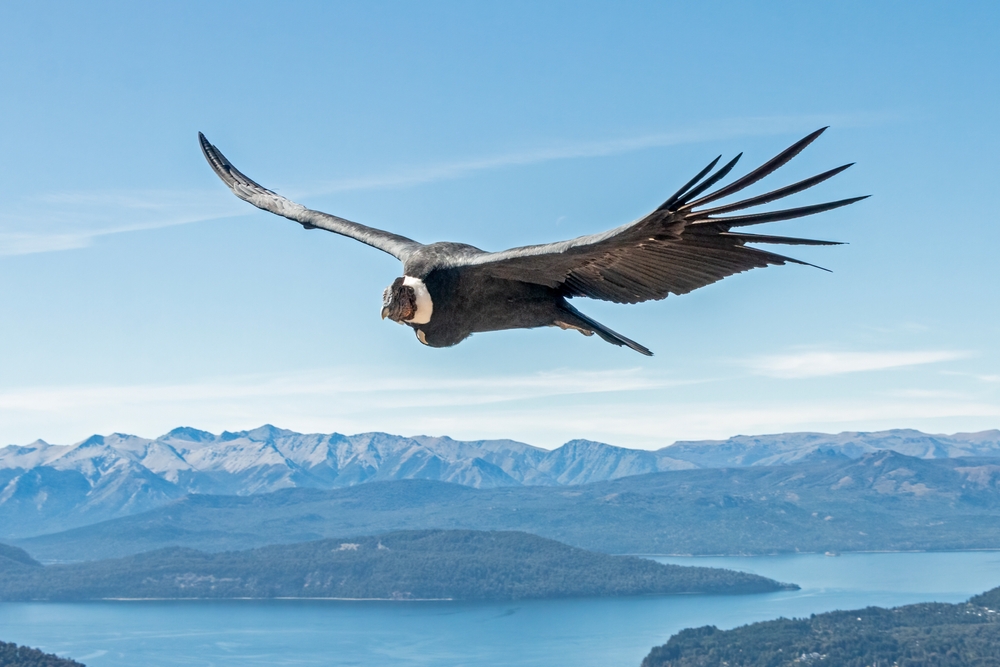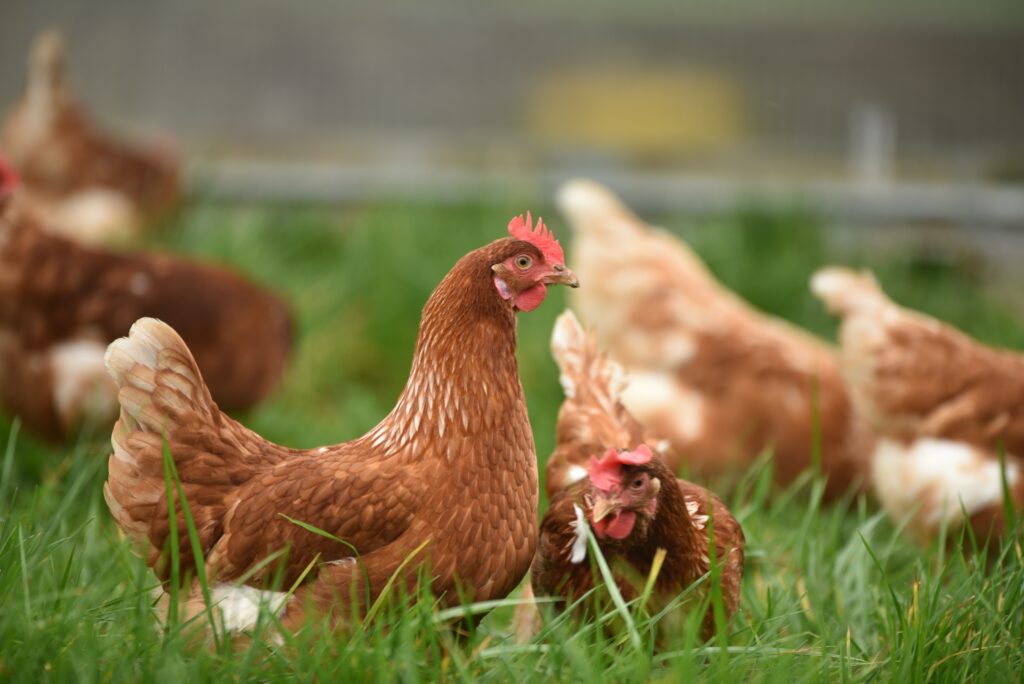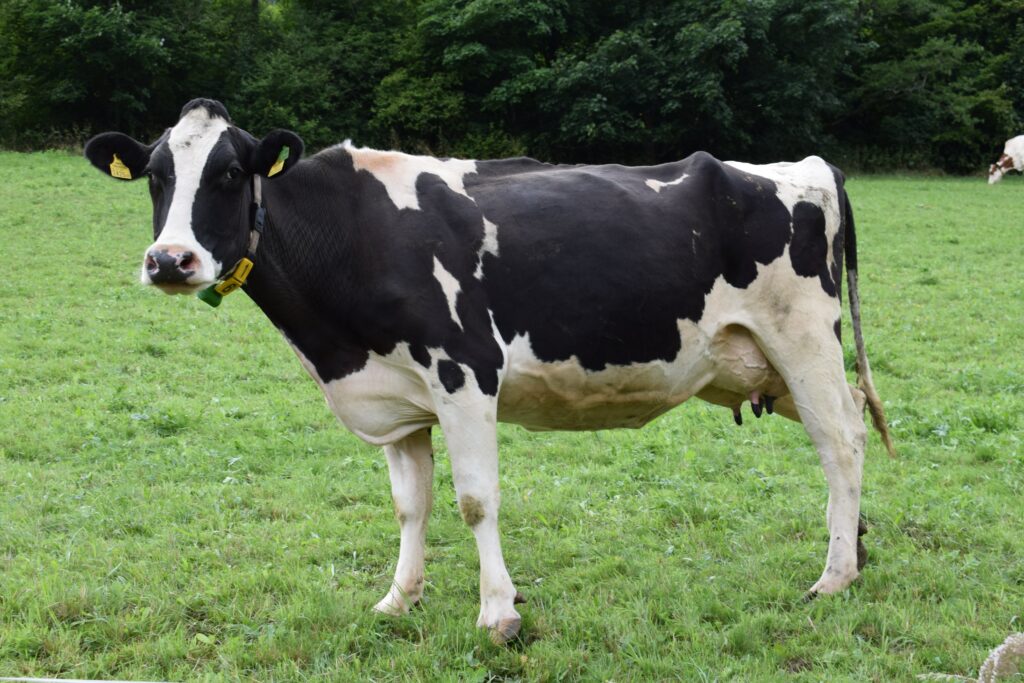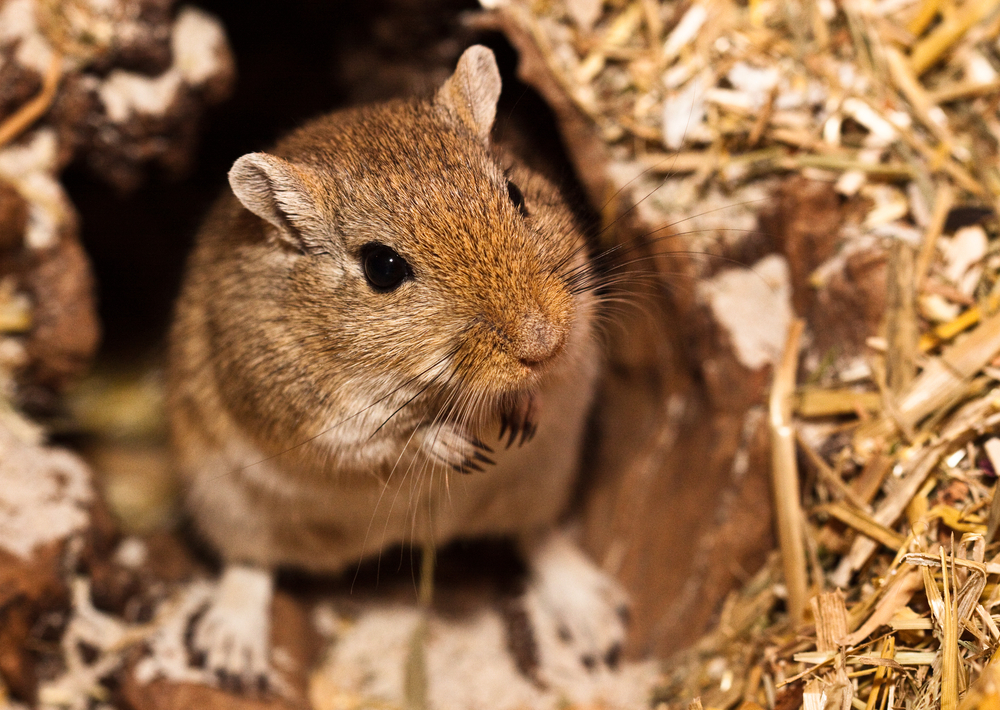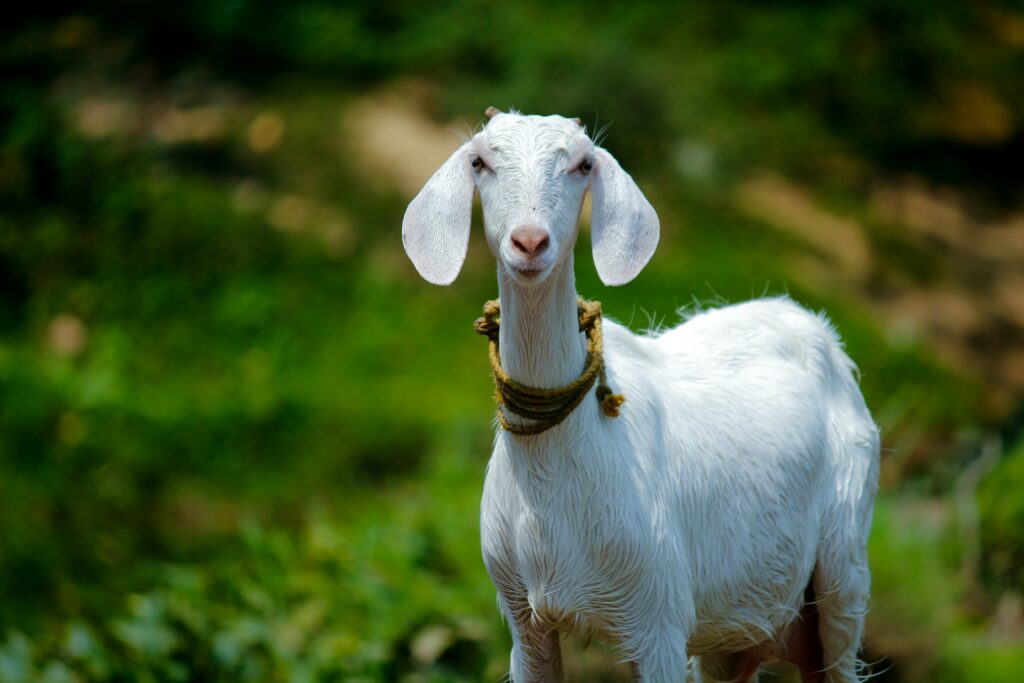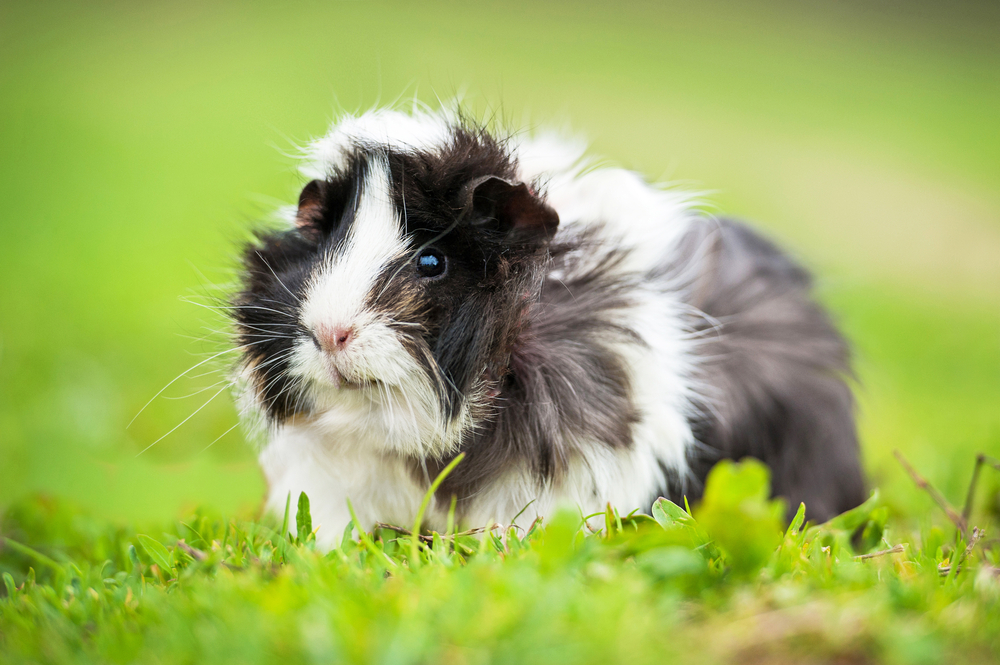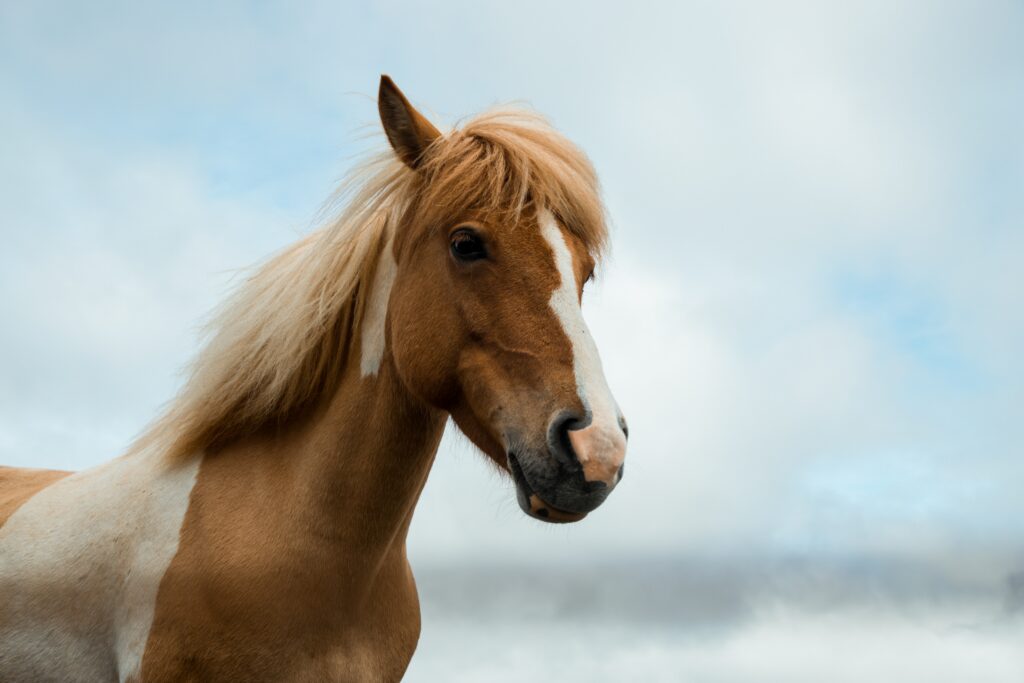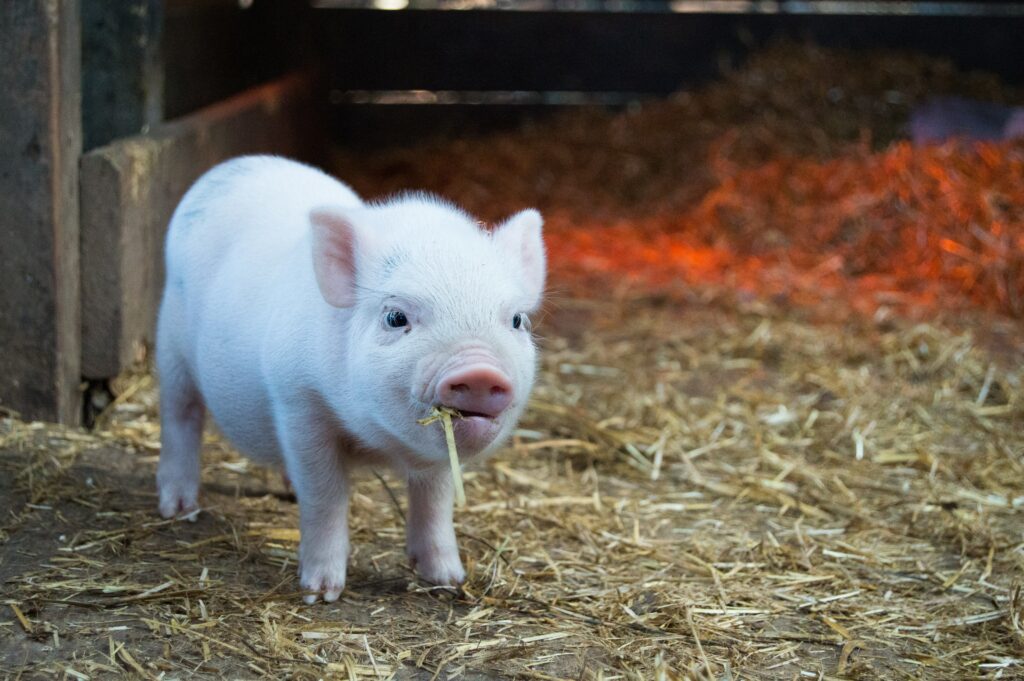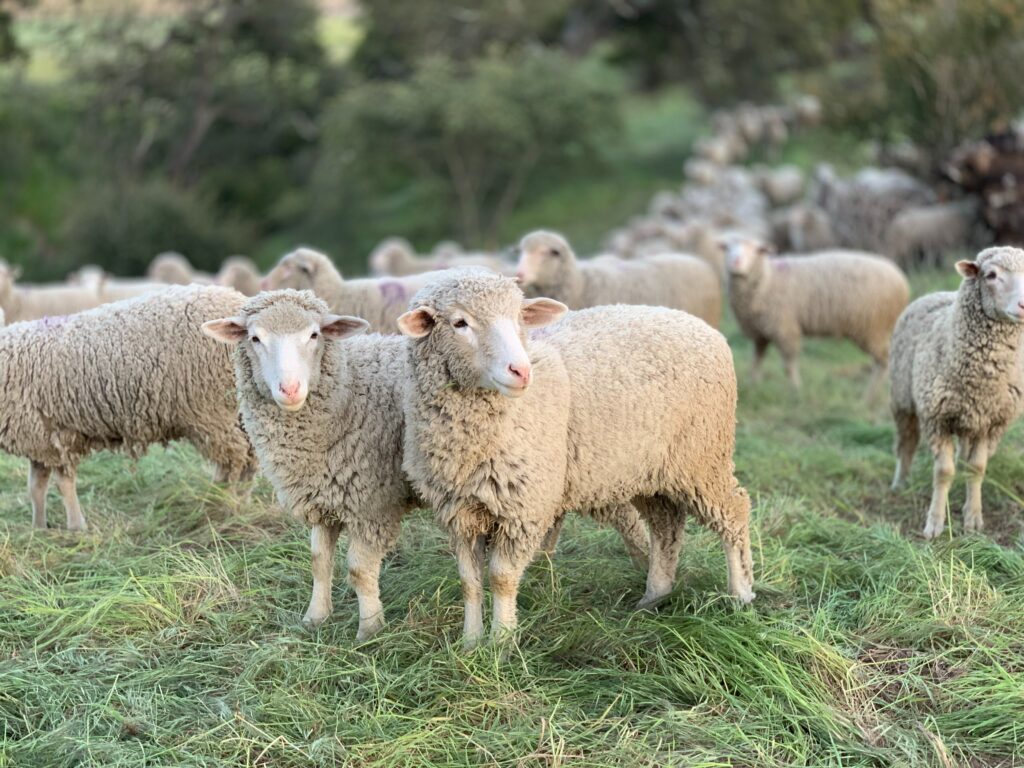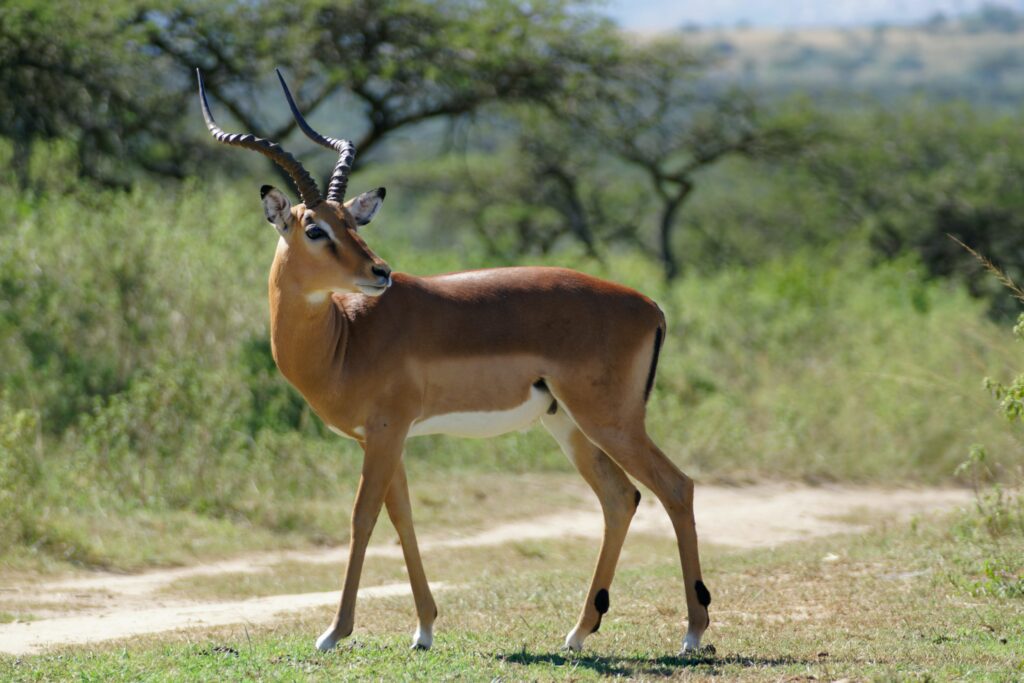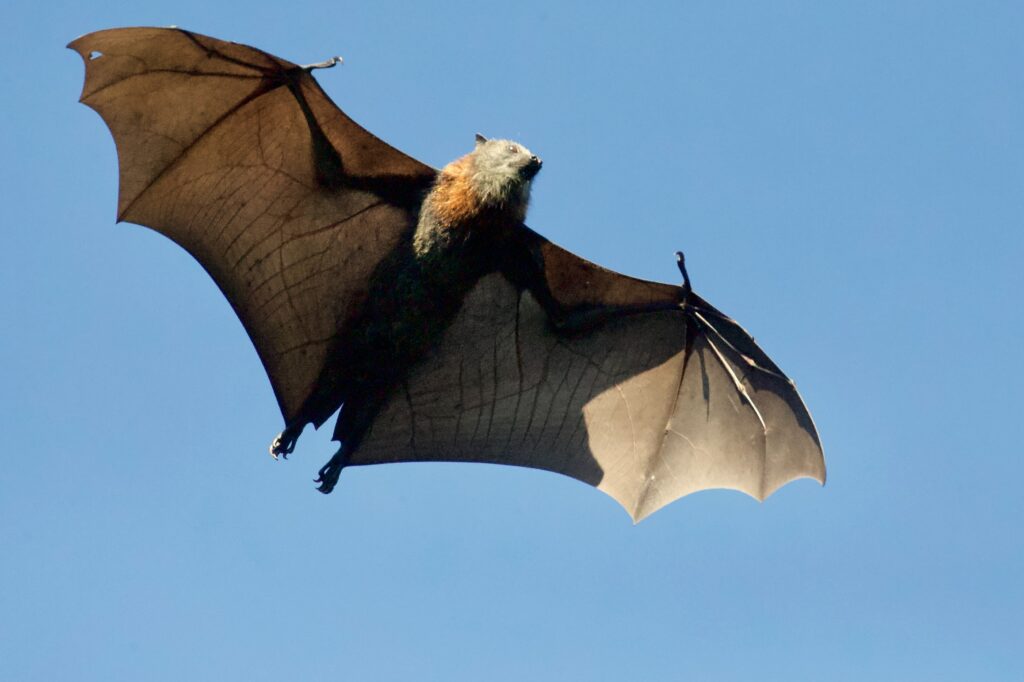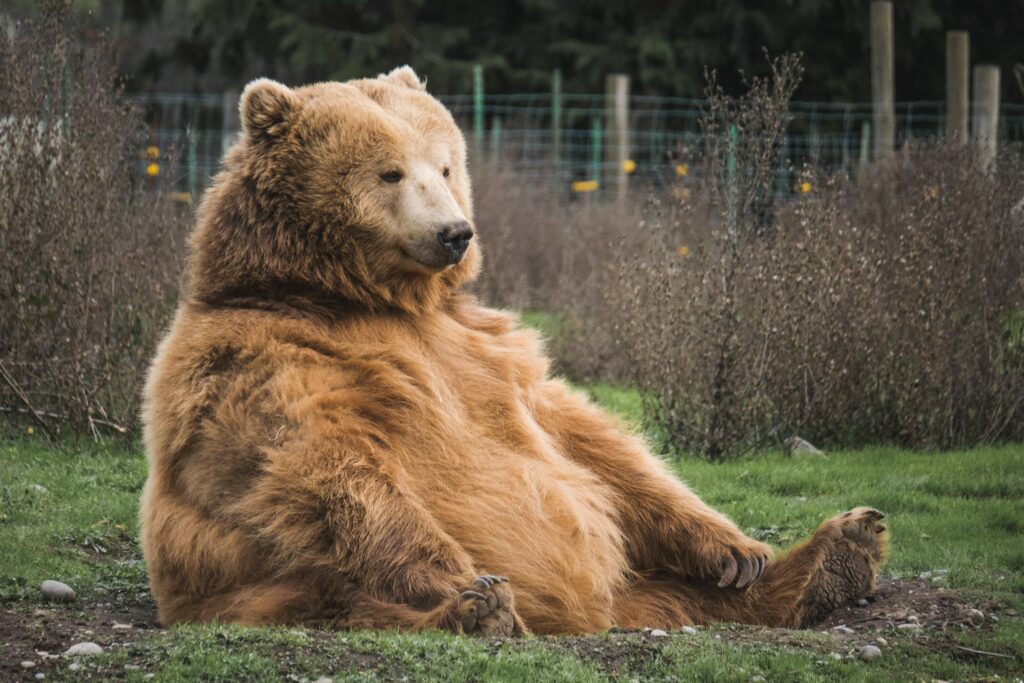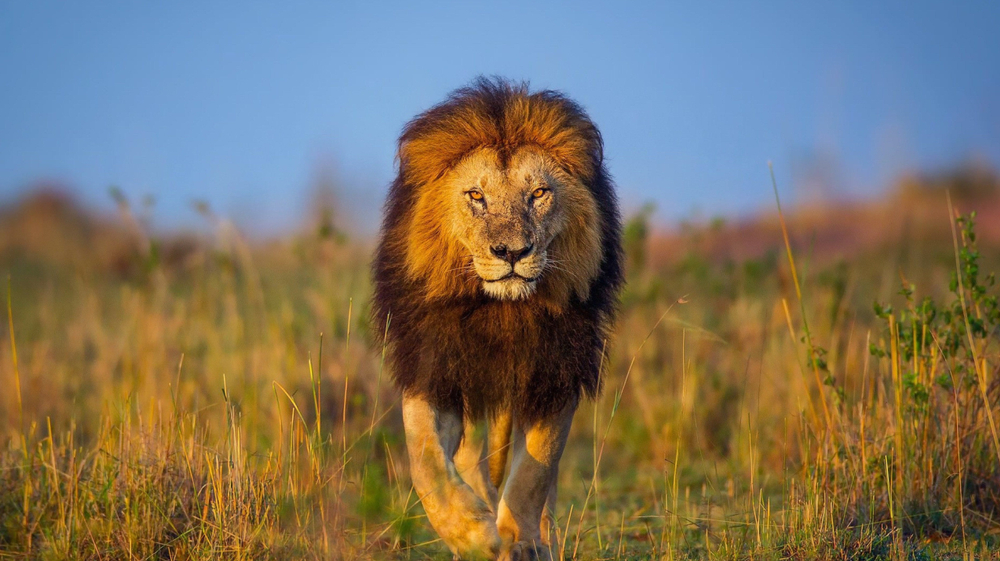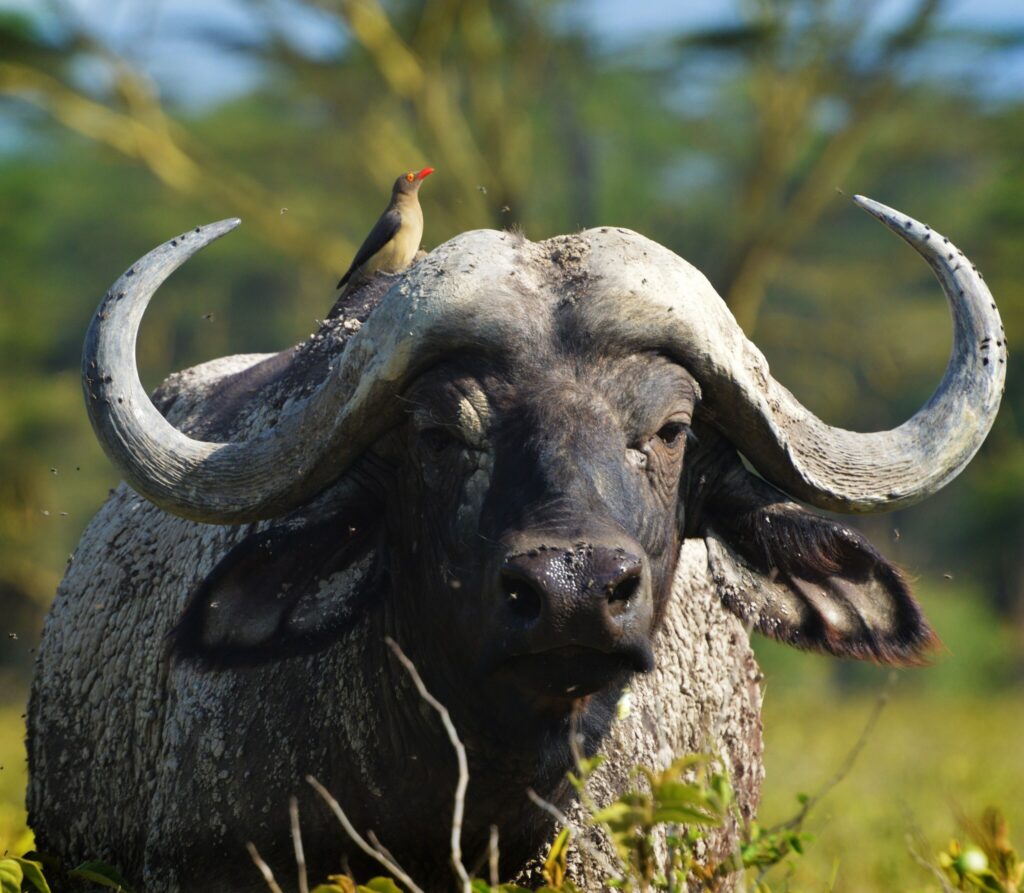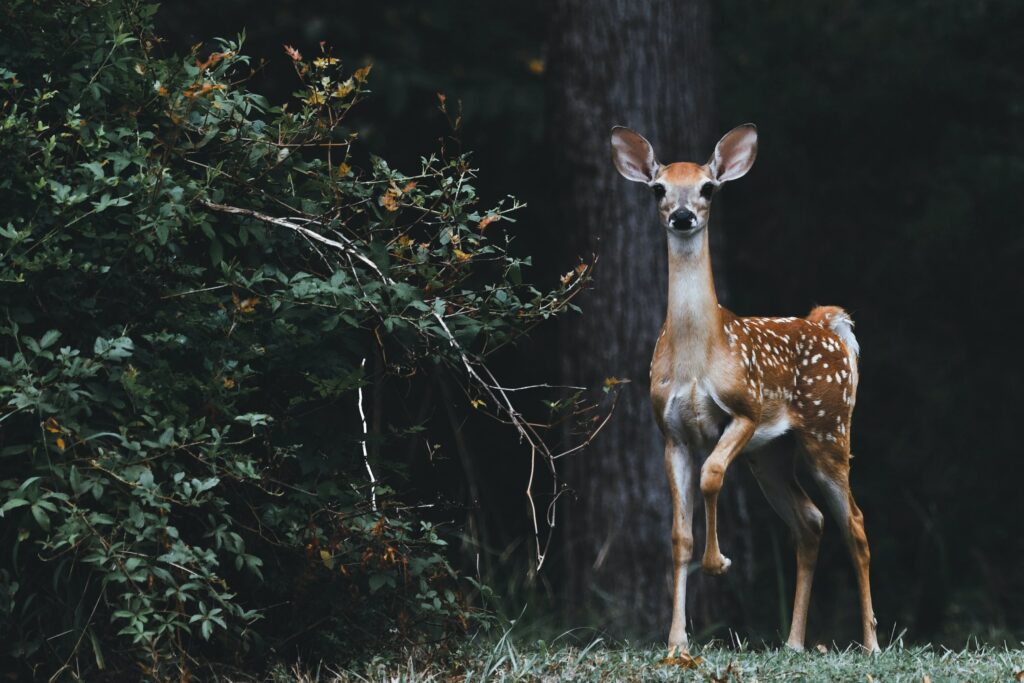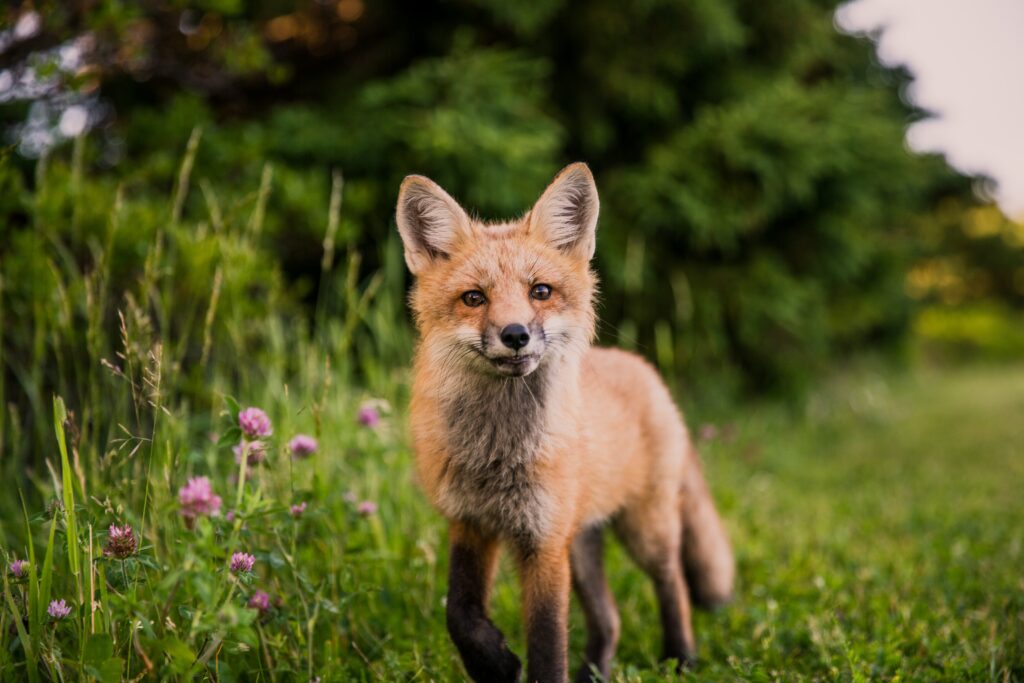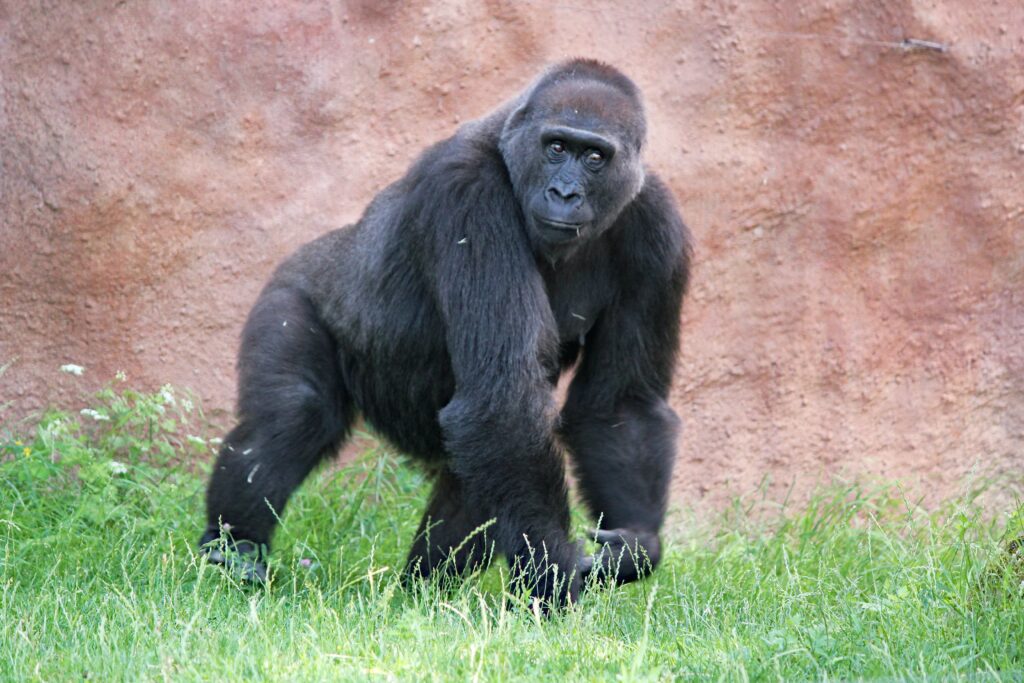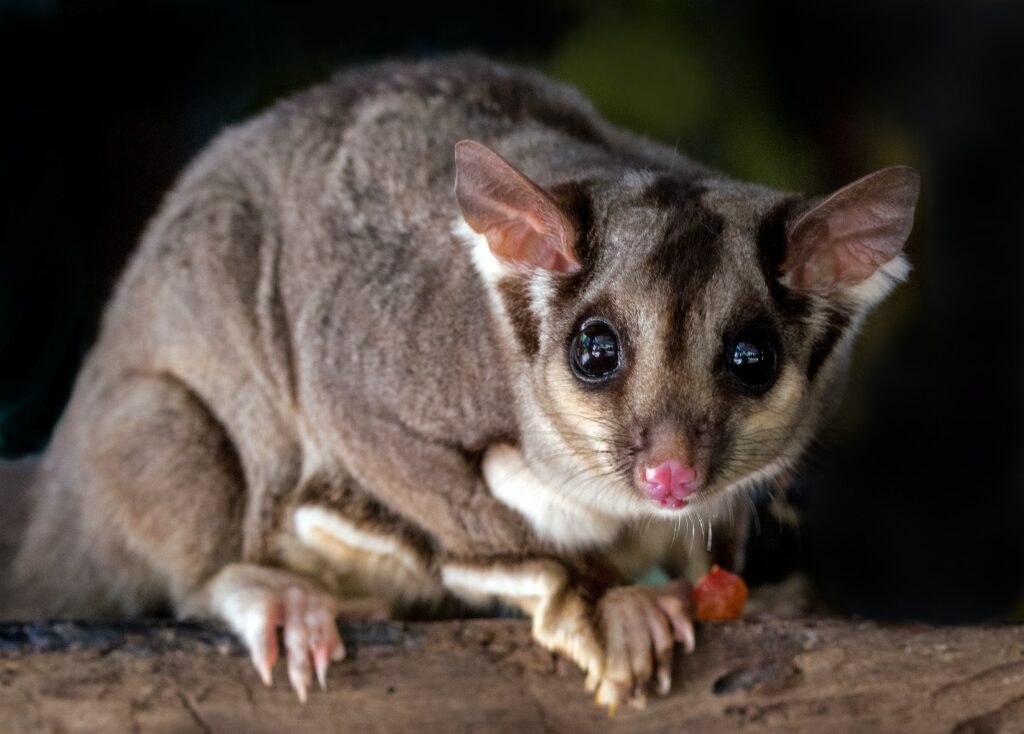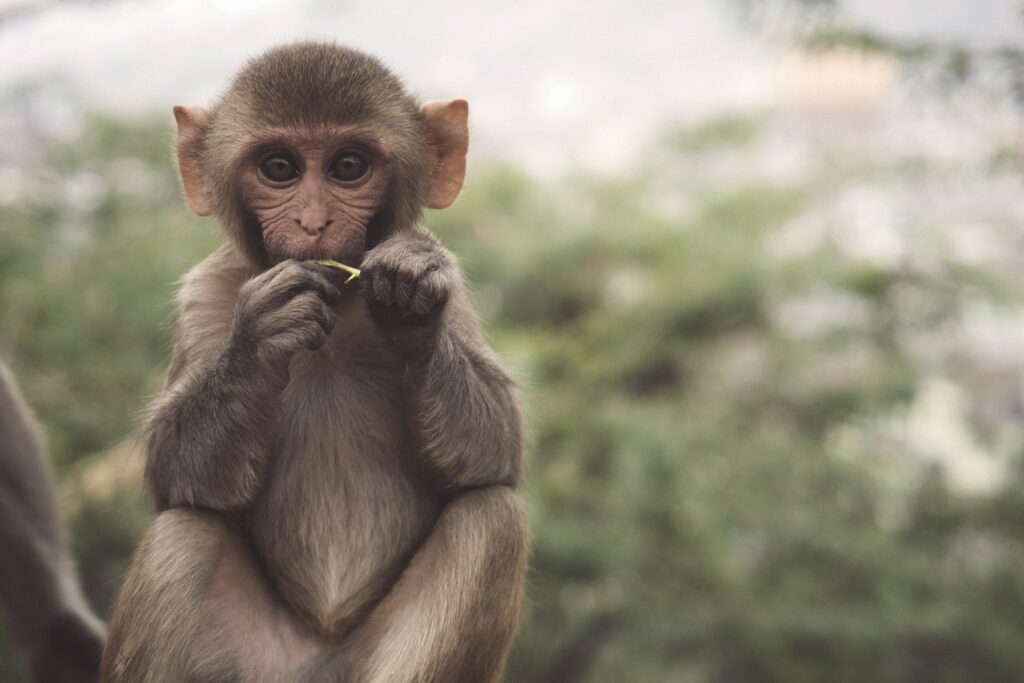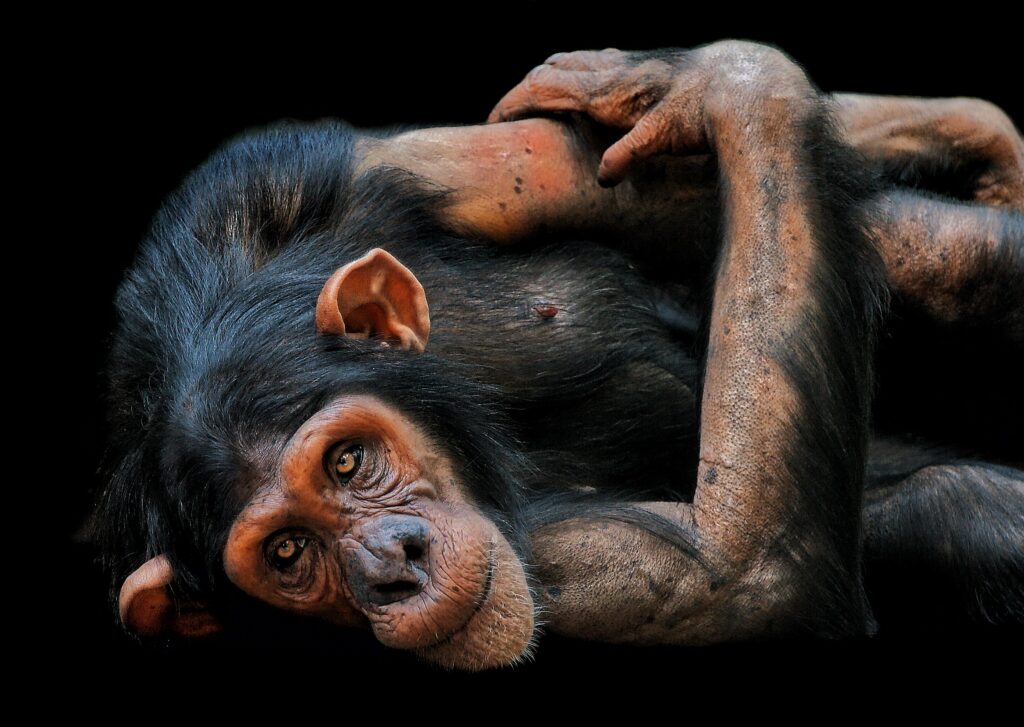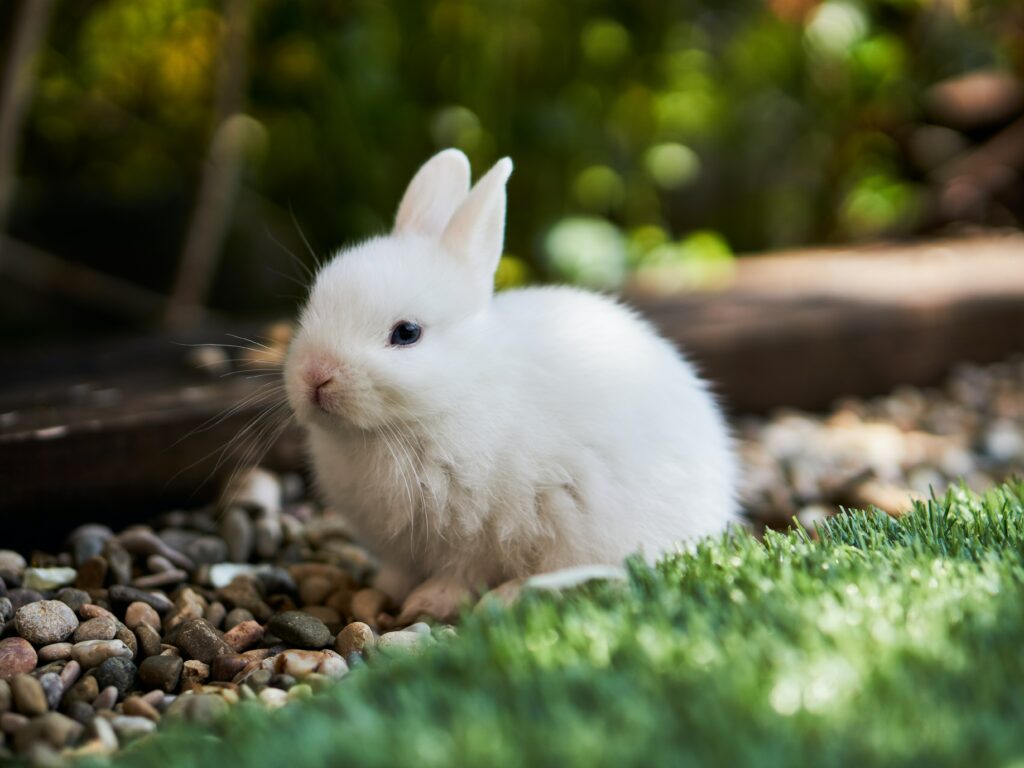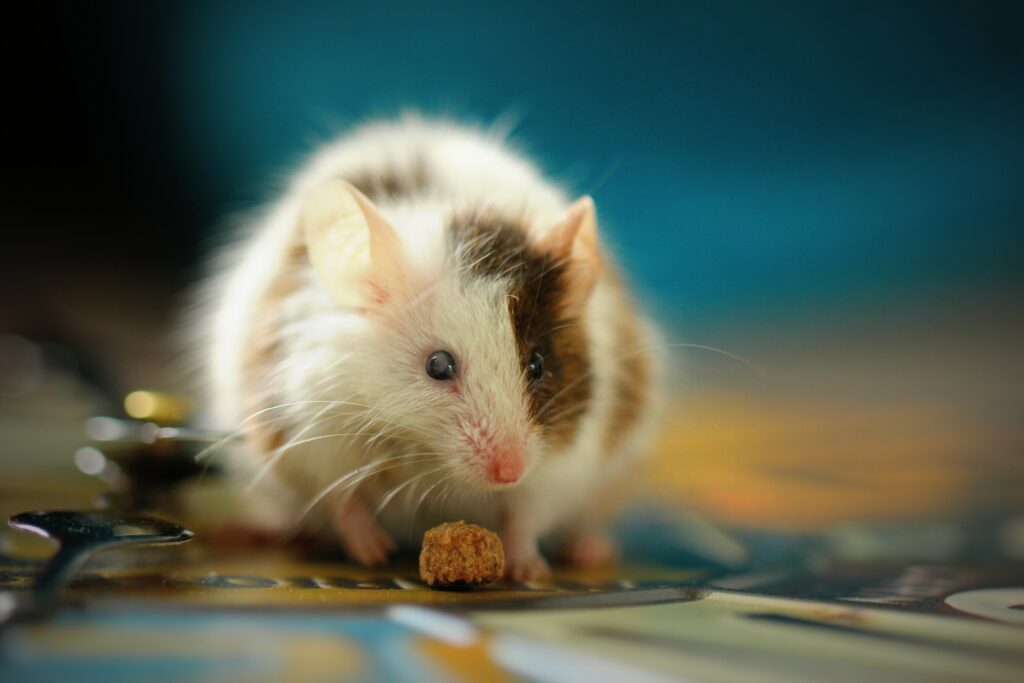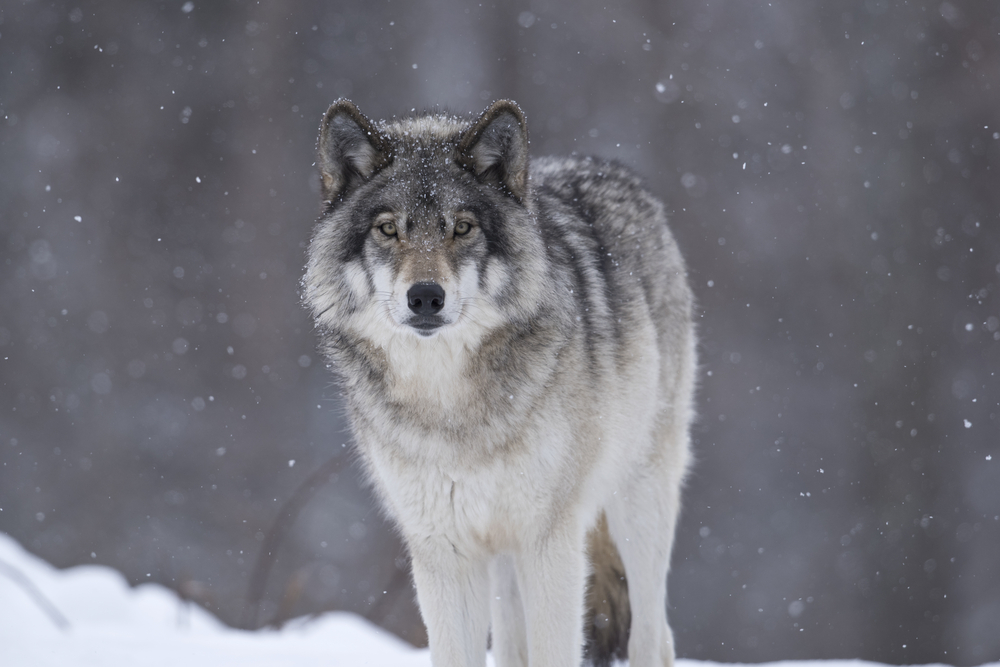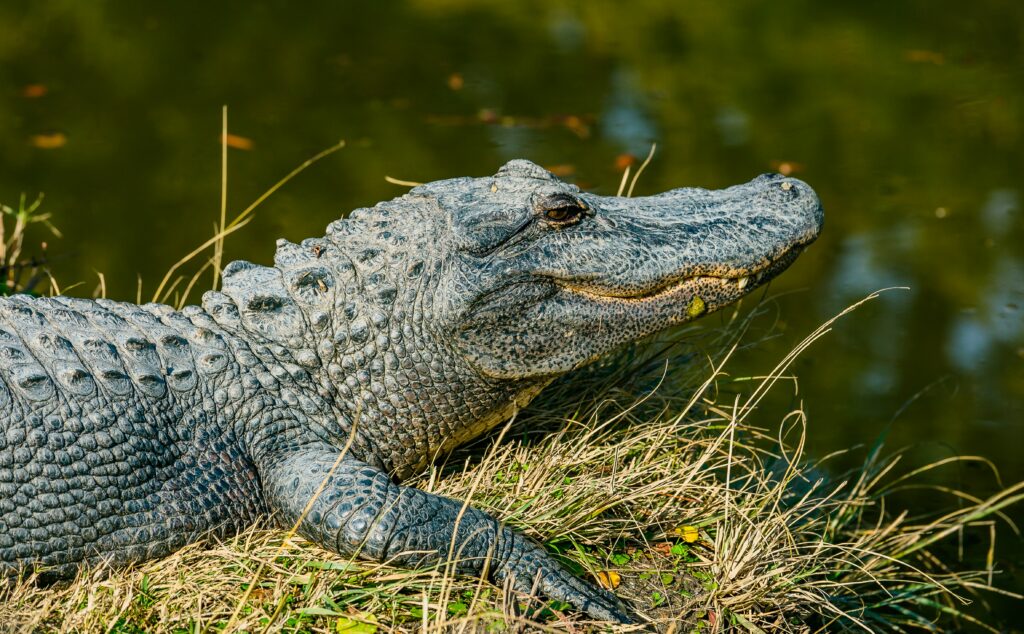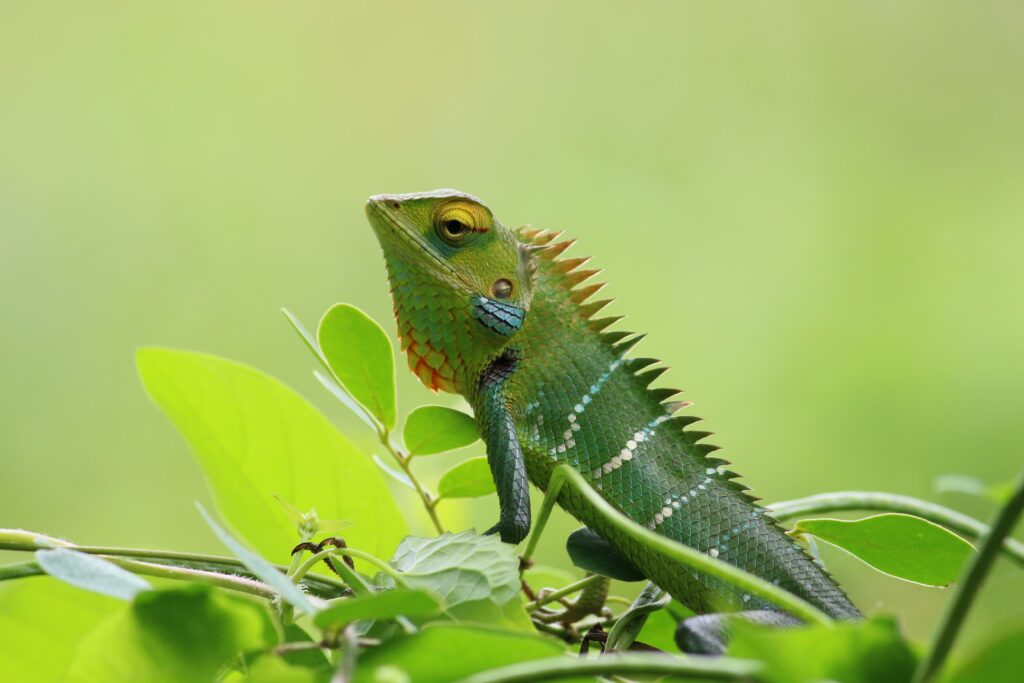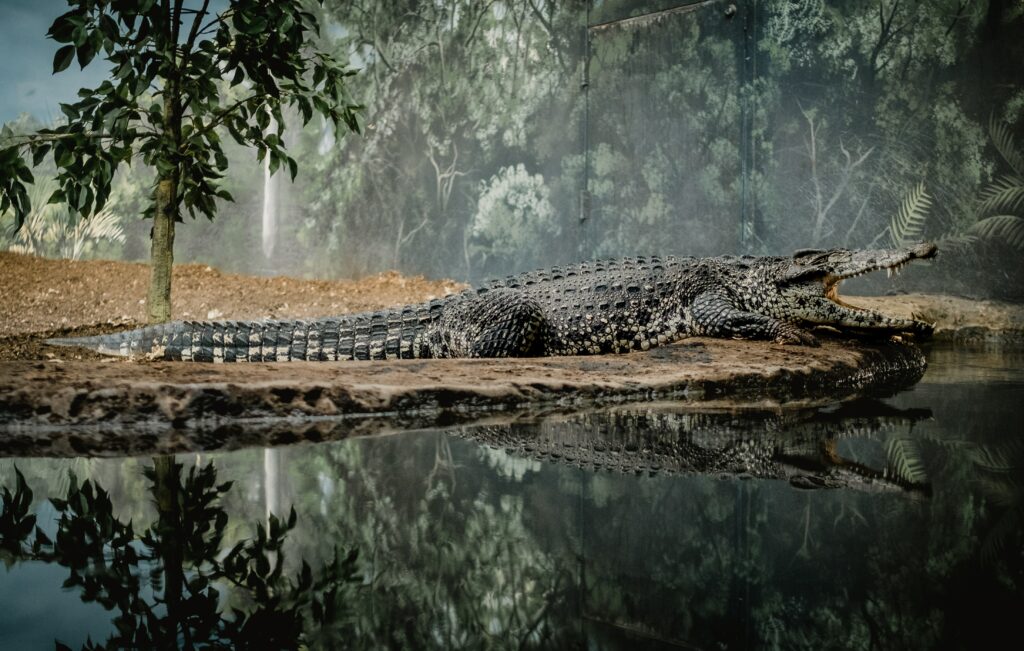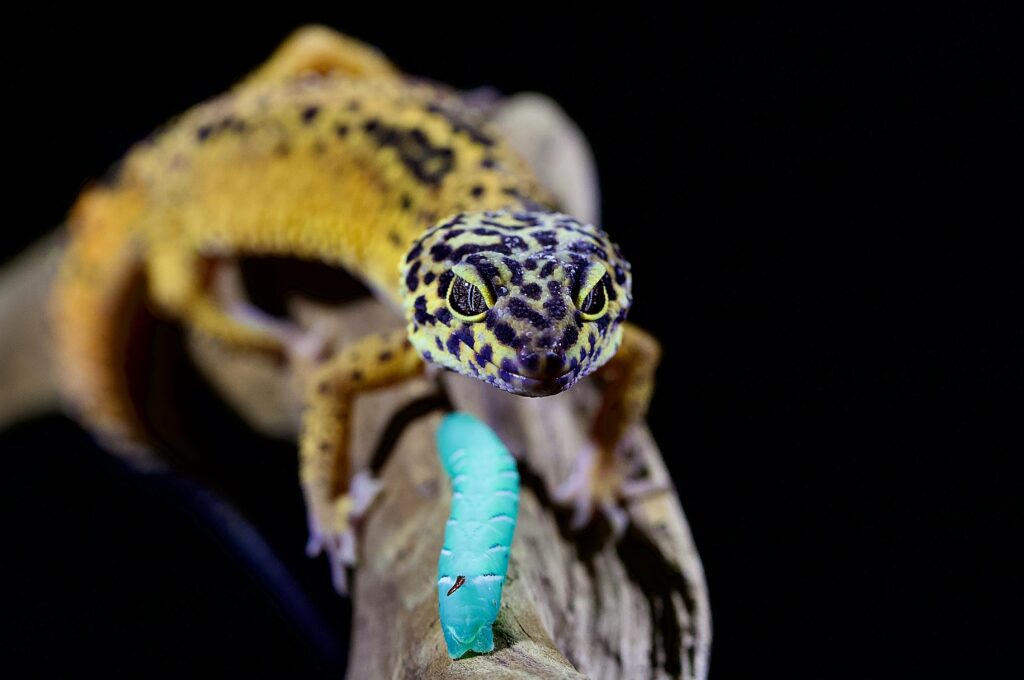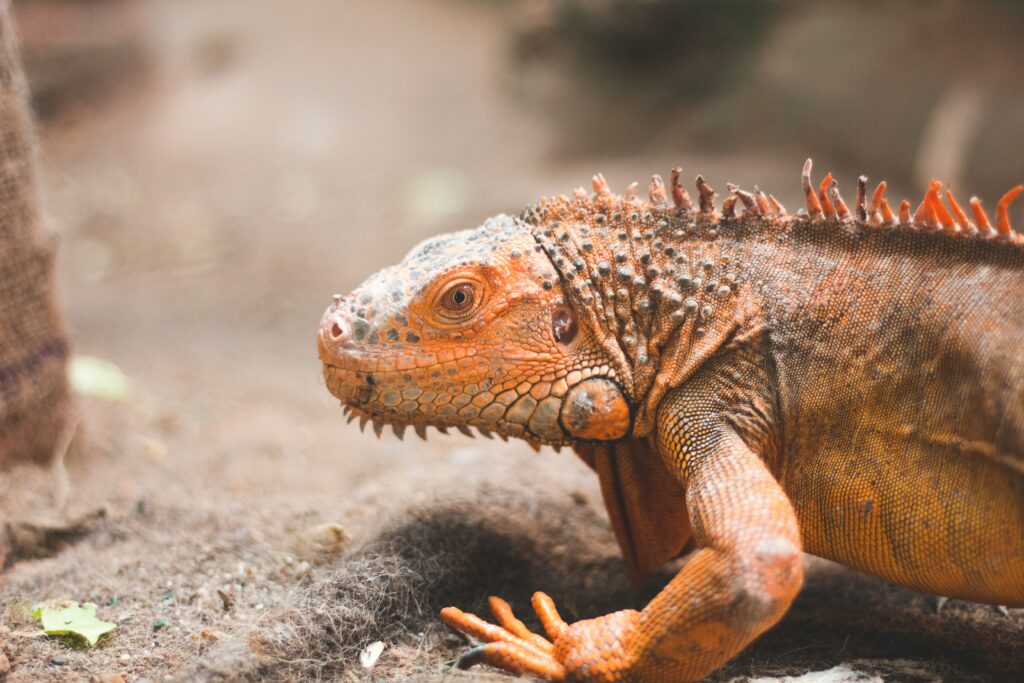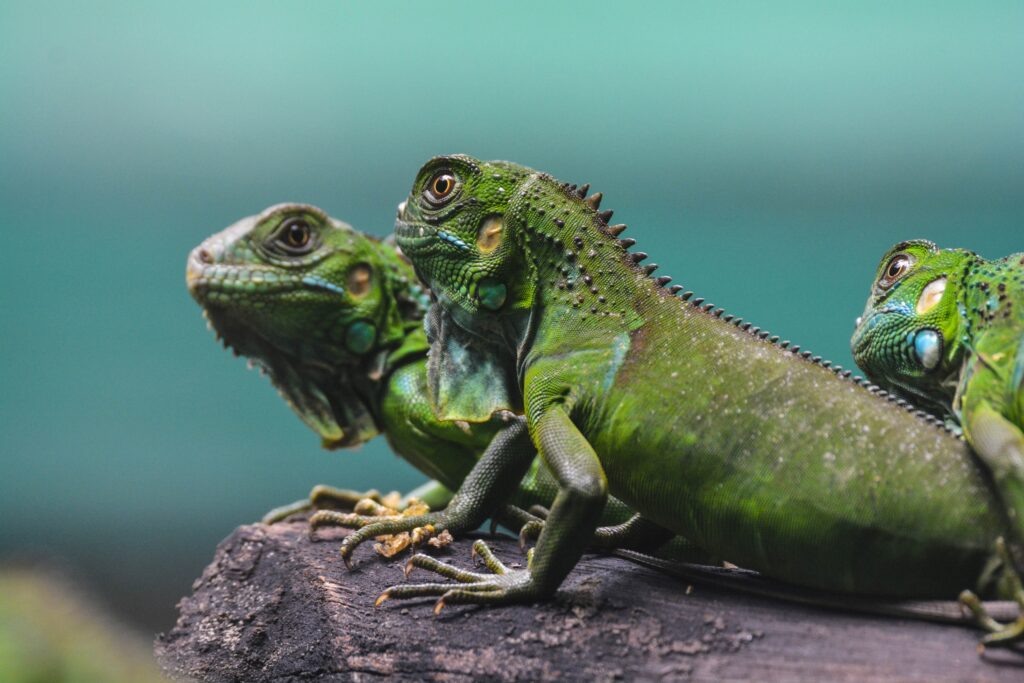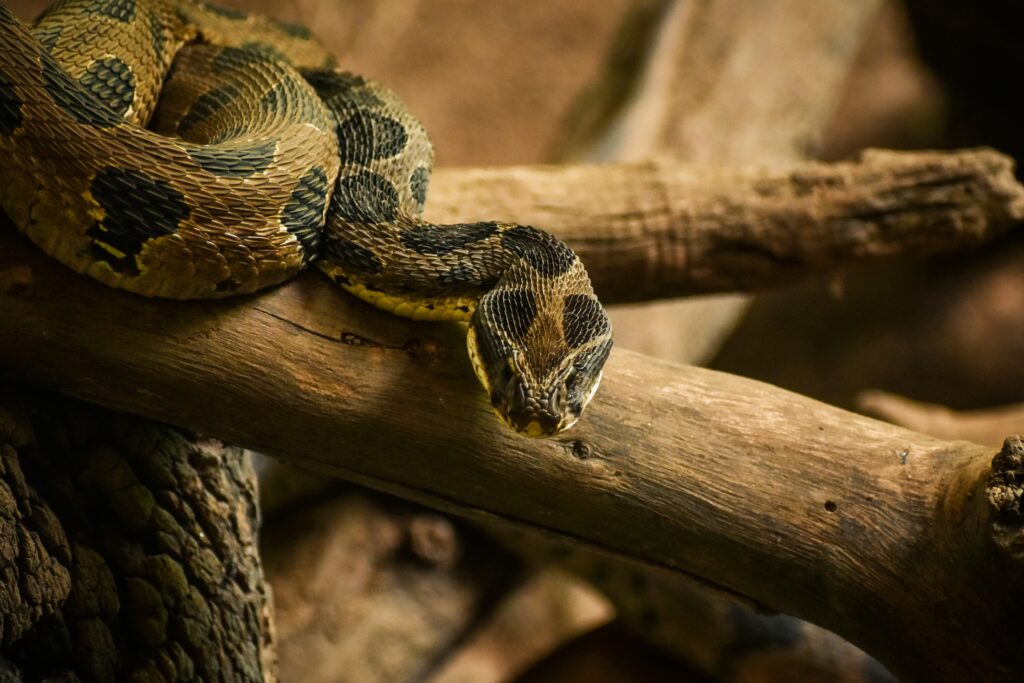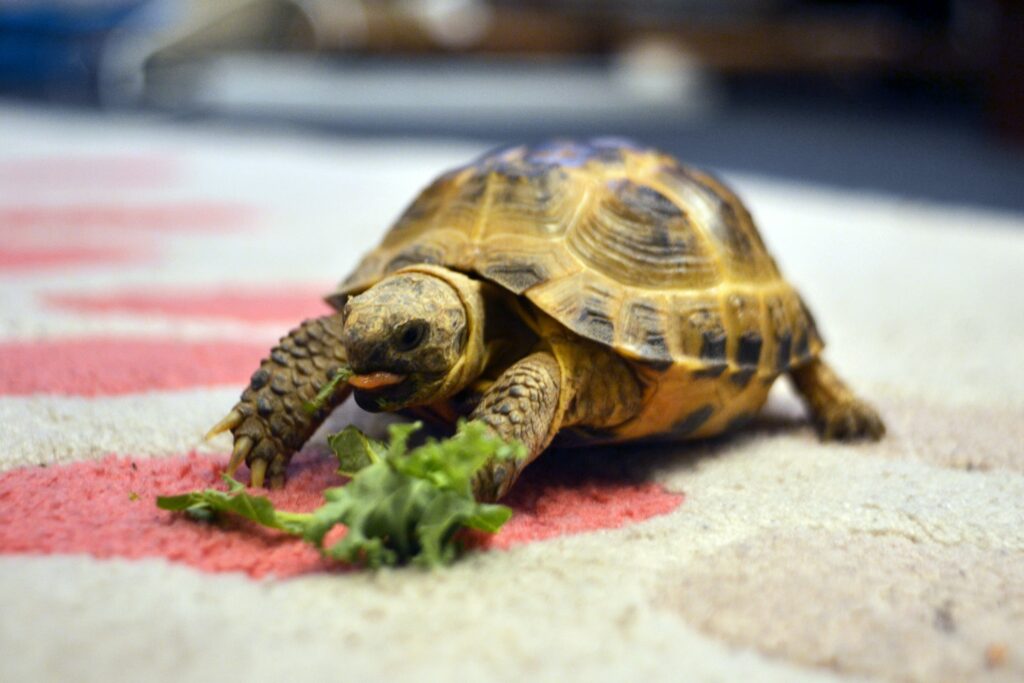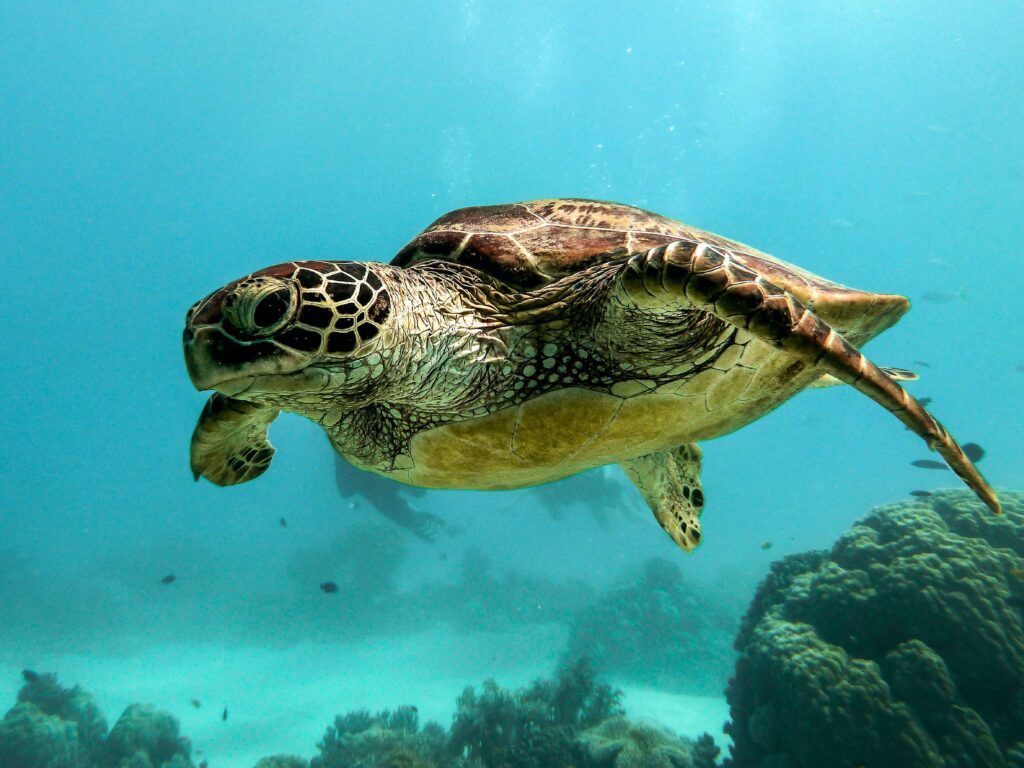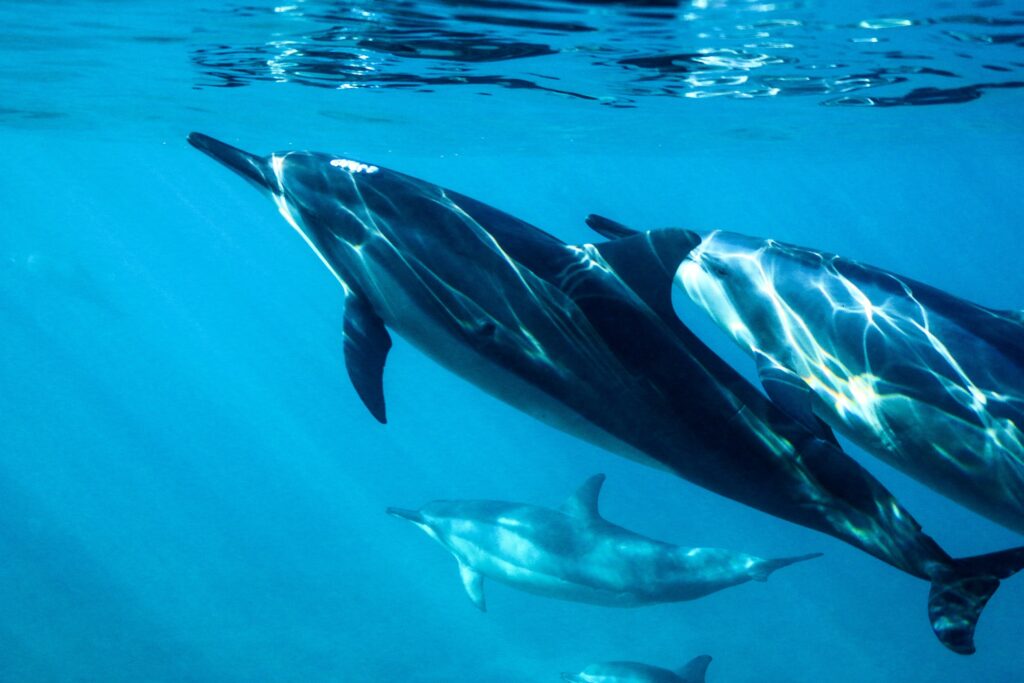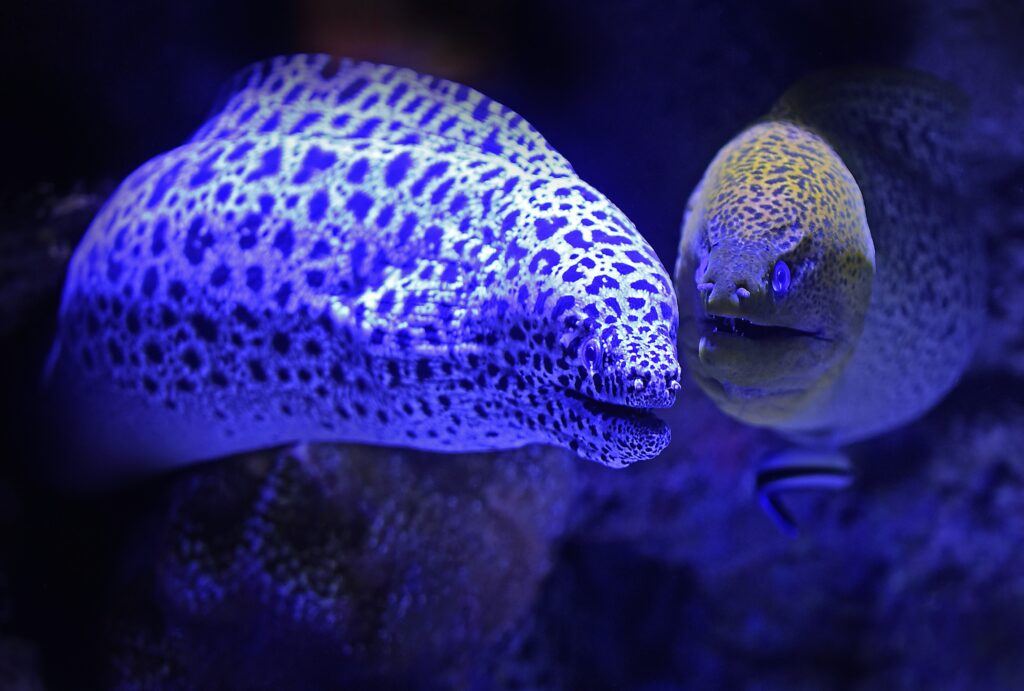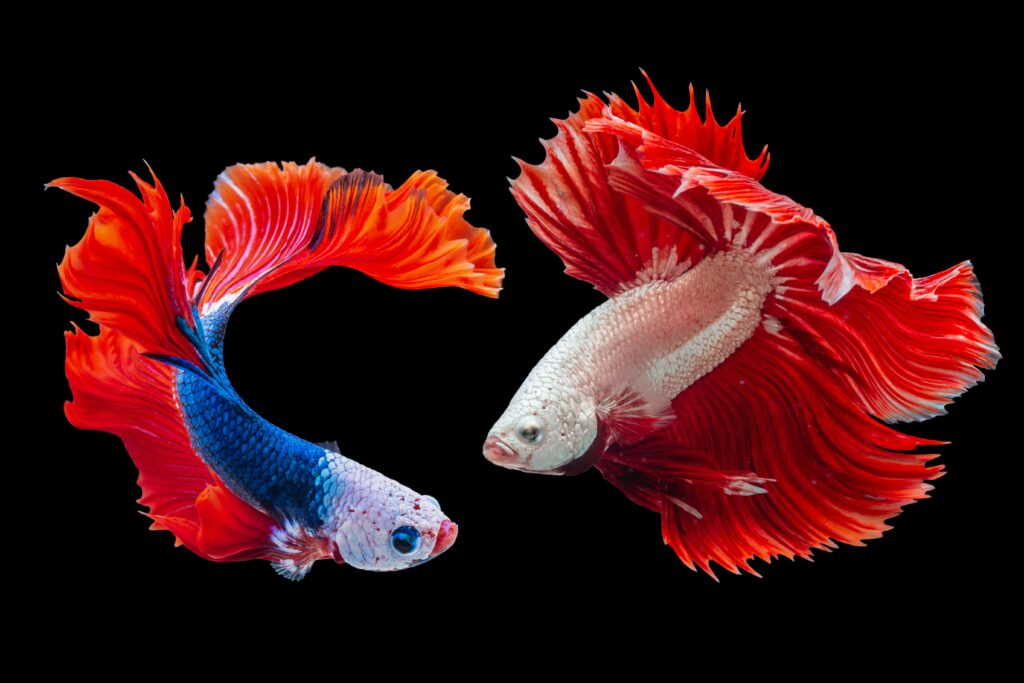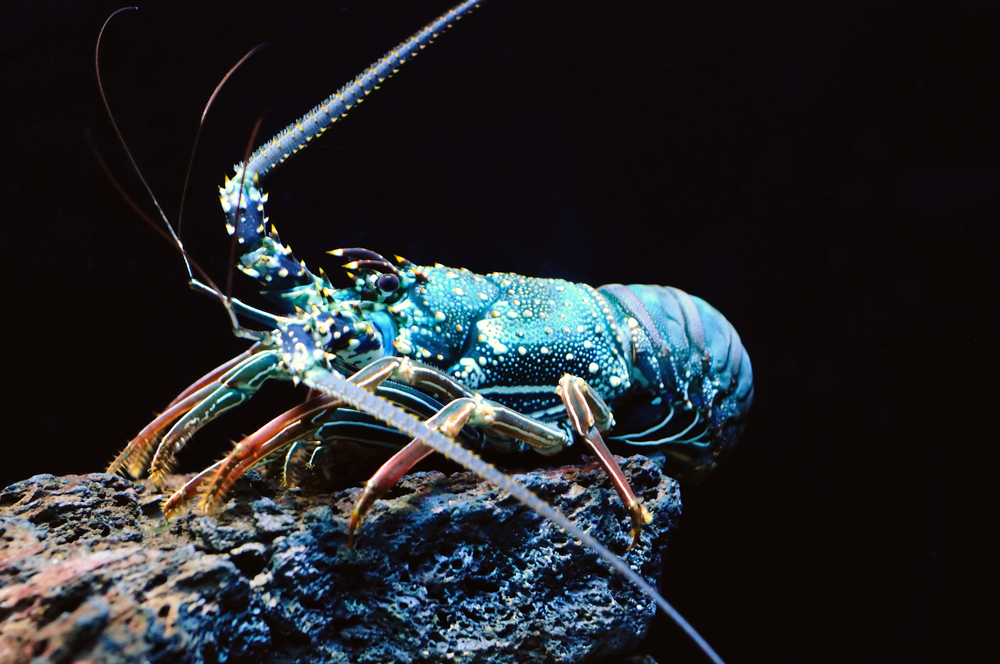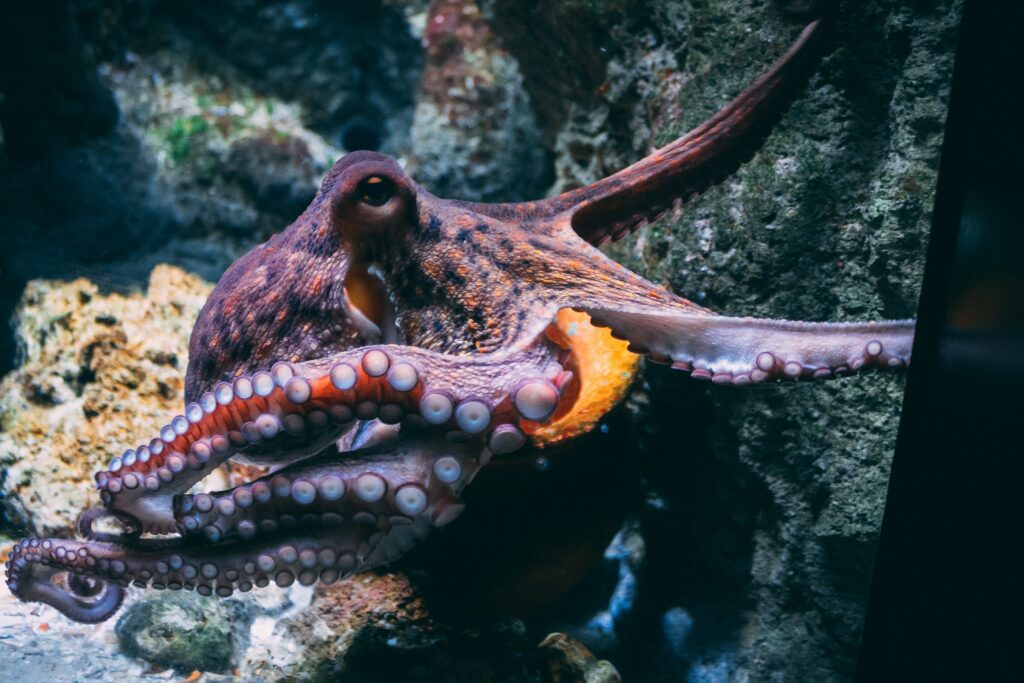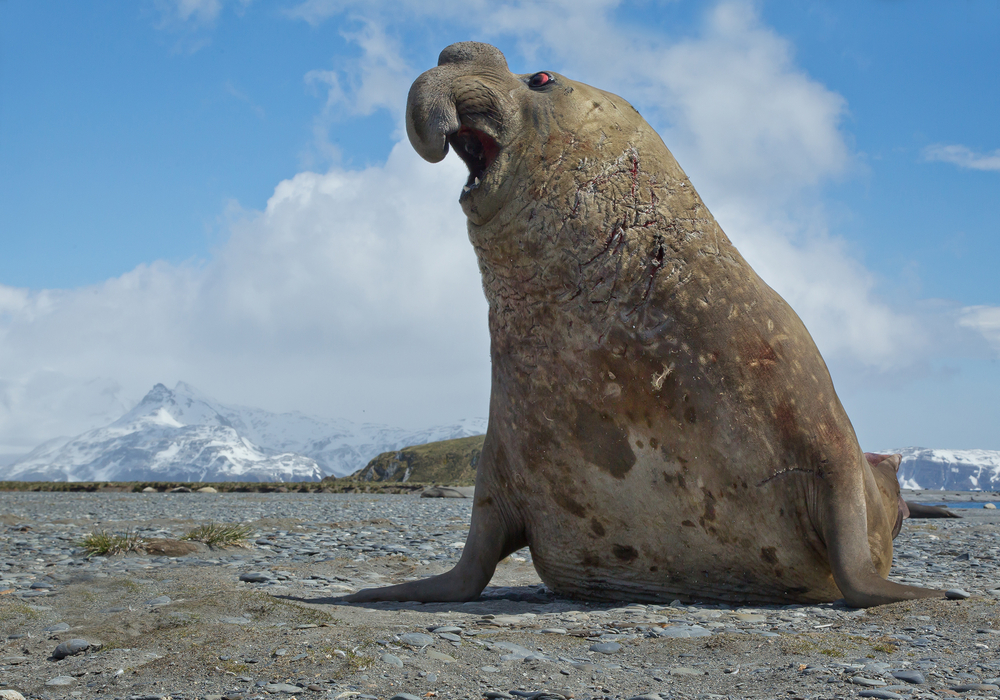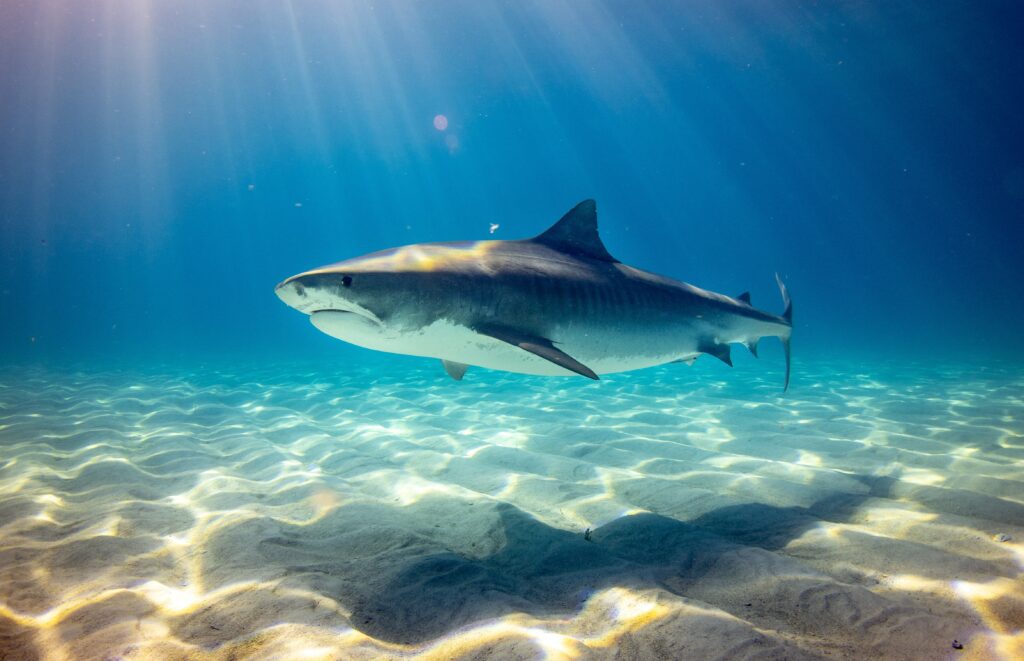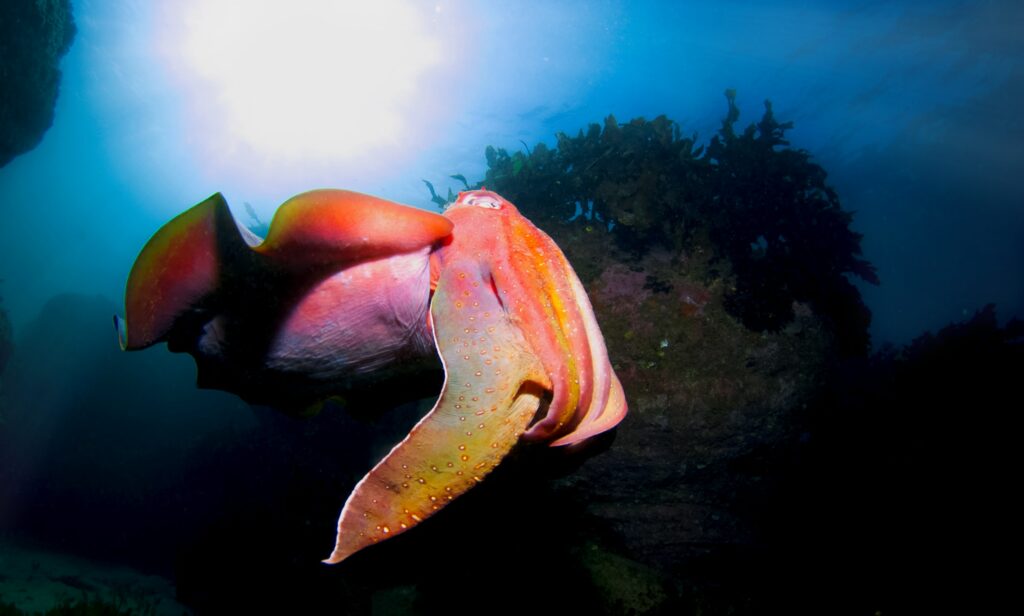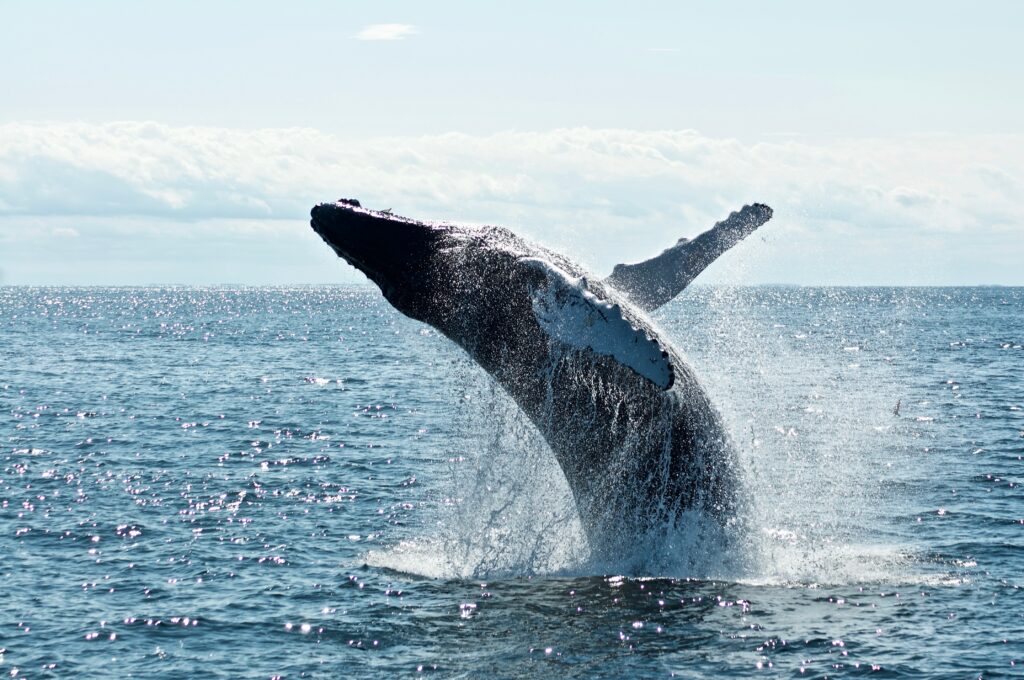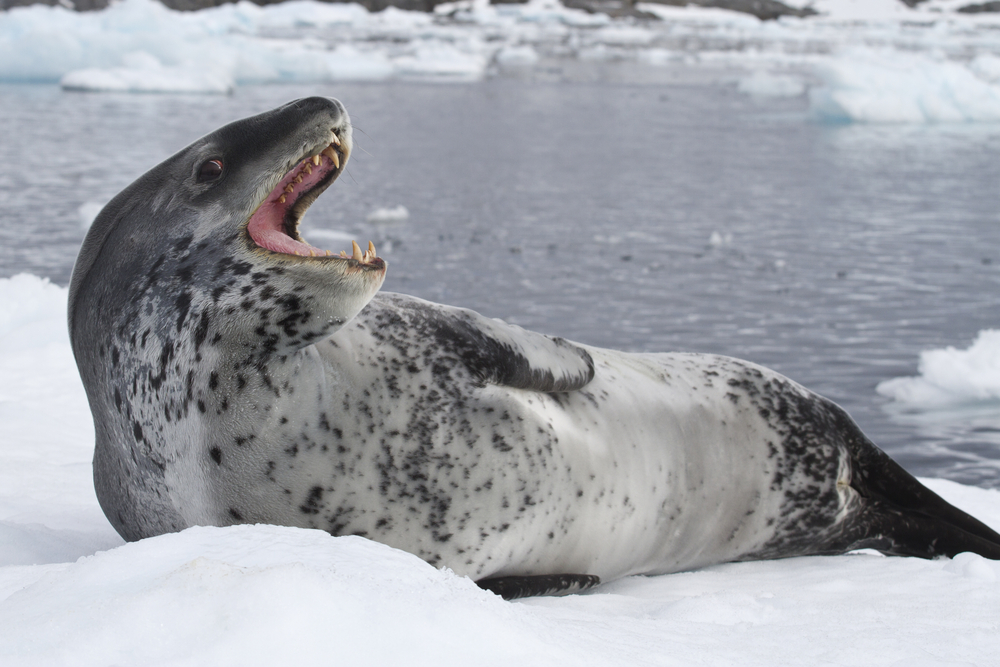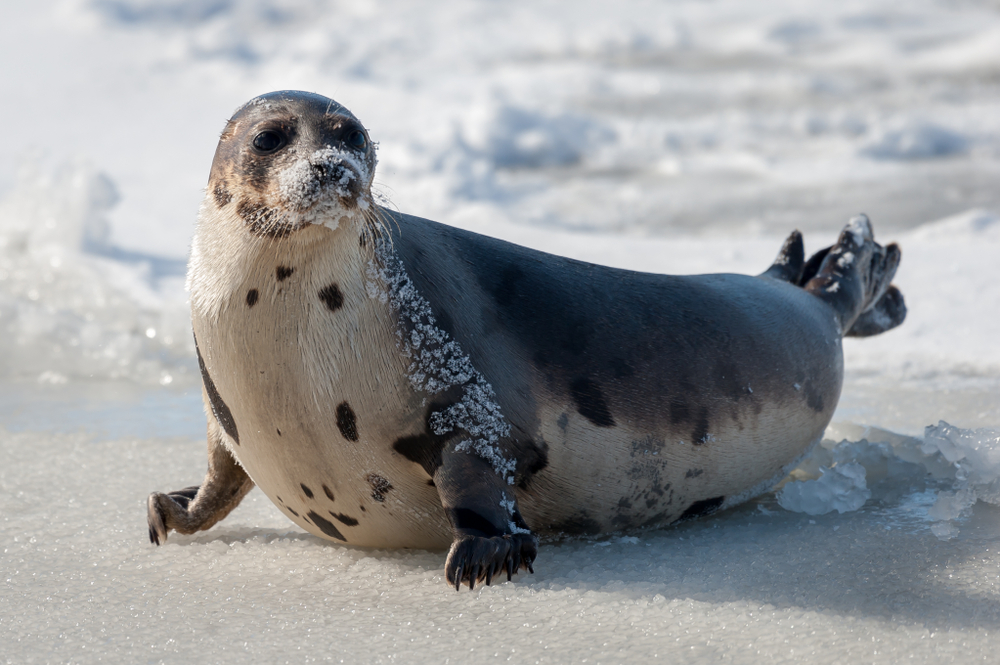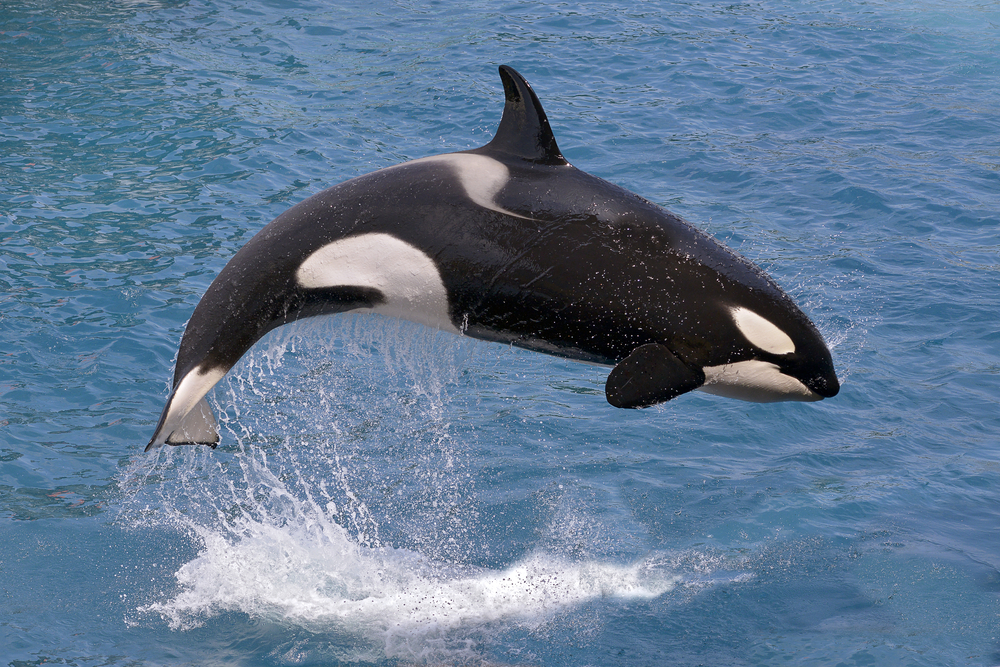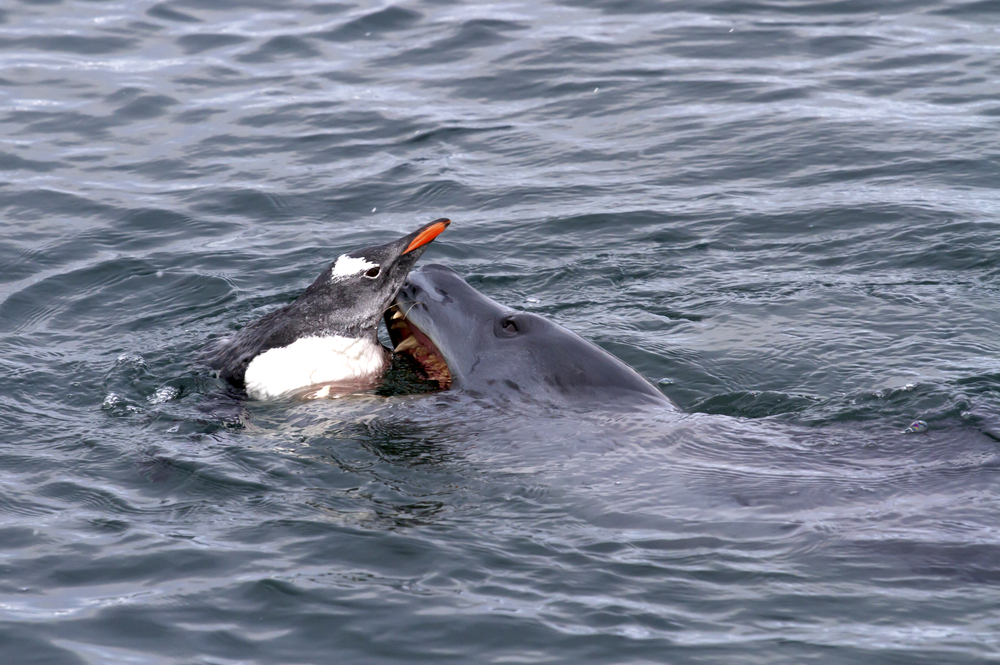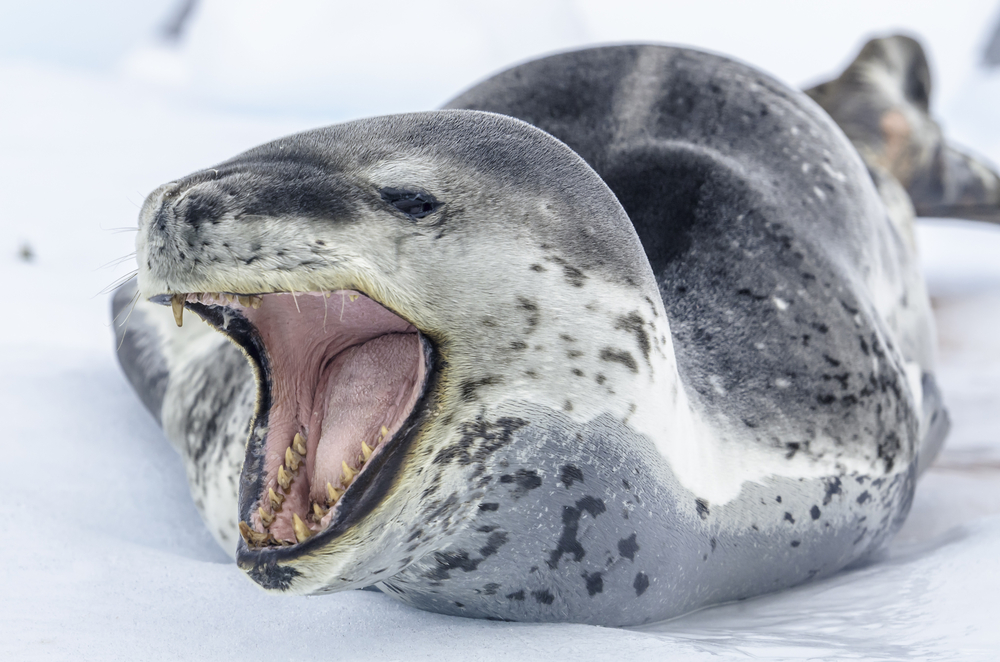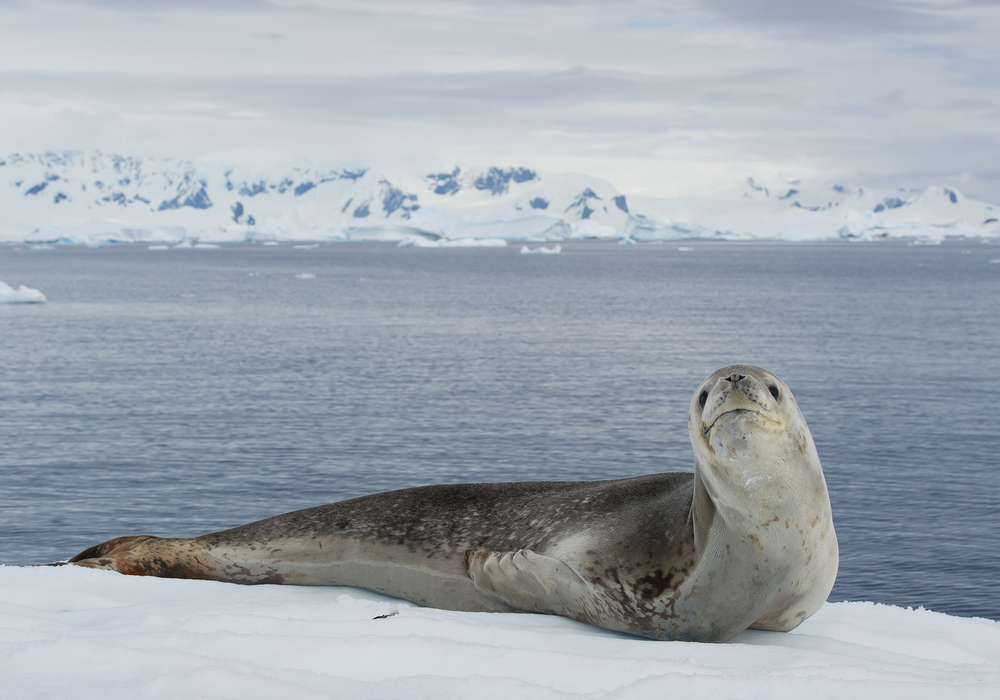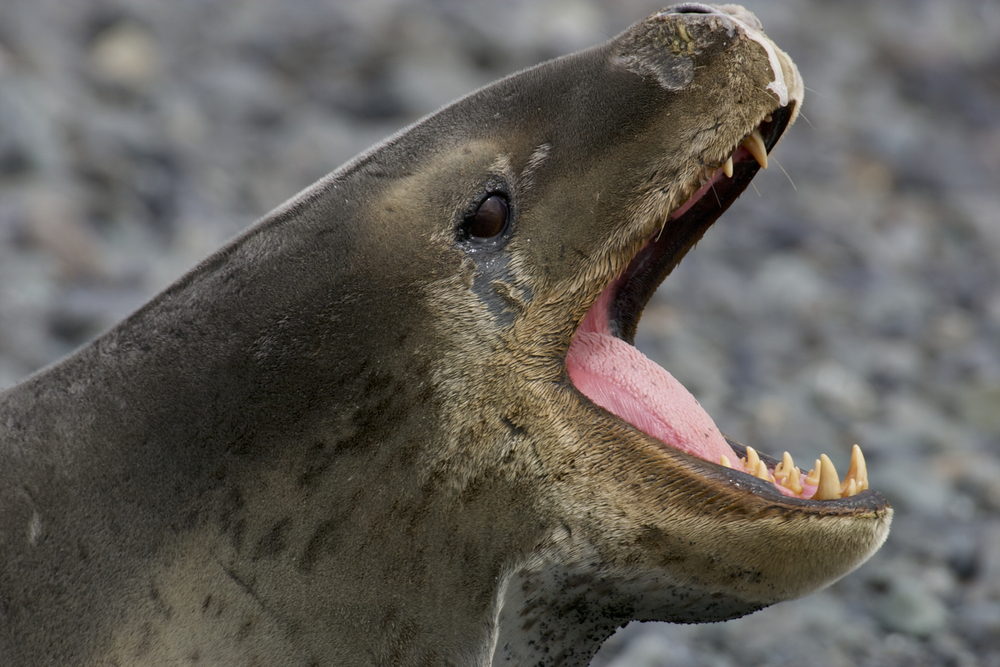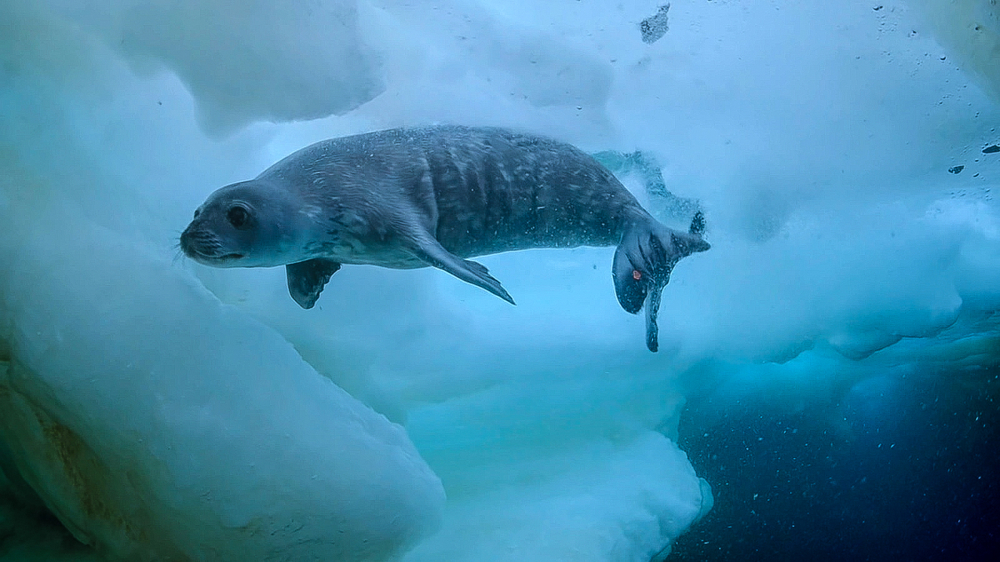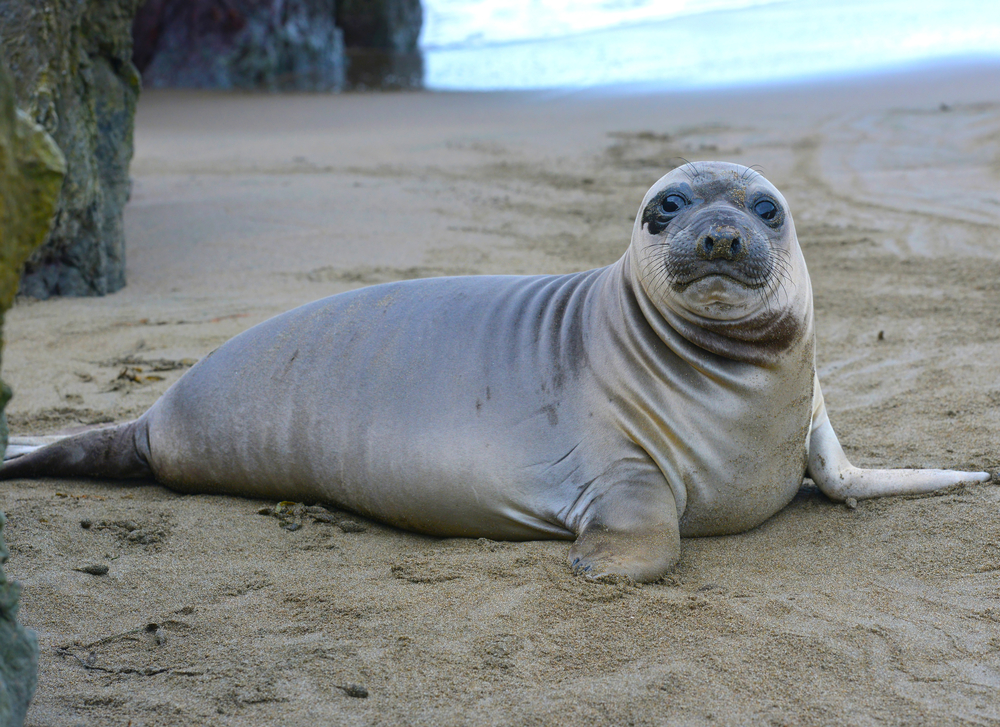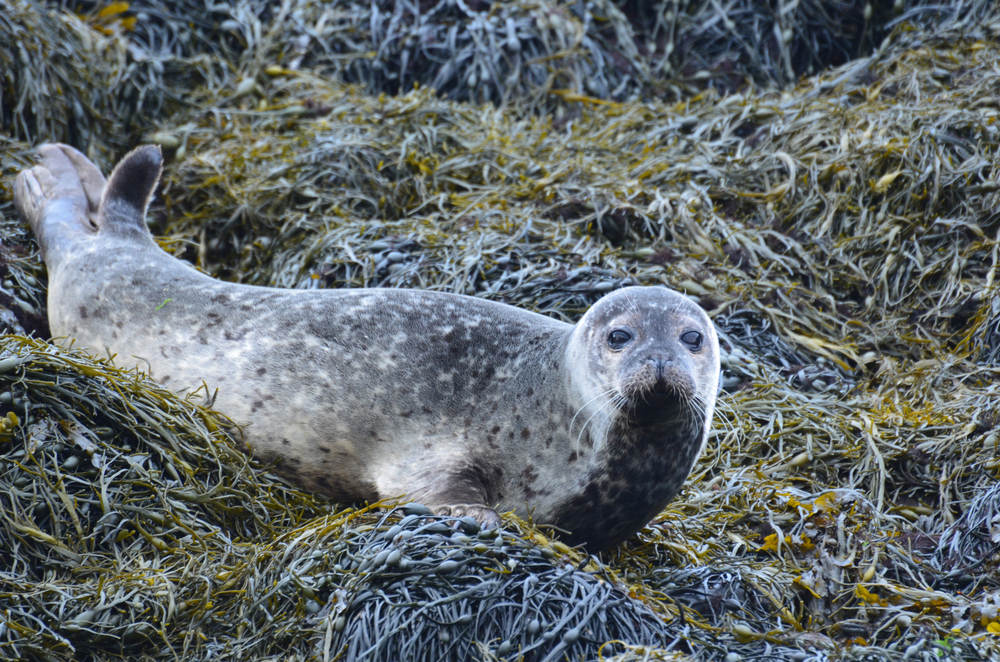About
The Leopard Seal, scientifically known as Hydrurga leptonyx, belongs to the Animal Kingdom’s phylum Chordata and class Mammalia. It is a member of the Phocidae family, which includes other true seals like the Weddell seal and the harbor seal. Leopard seals are apex predators found in the frigid waters surrounding Antarctica.
These large and muscular seals are easily recognizable by their distinctively long and slender bodies, marked with a mottled gray or silver coat overlaid with dark spots and patches, reminiscent of a leopard’s fur pattern. They possess powerful jaws lined with sharp teeth, perfectly adapted for capturing and devouring prey, which includes fish, squid, krill, and other seals.
Leopard seals are highly skilled hunters, employing a variety of hunting techniques such as ambush predation and pursuit diving to catch their prey. They are known for their agility in the water and their ability to navigate through ice floes with ease. Leopard seals are solitary animals, typically only coming together during the breeding season.
Conservation Concerns
While Leopard Seal populations are not currently at risk of extinction, they face potential threats from climate change, which affects the stability of their icy habitat. Changes in sea ice dynamics could disrupt their hunting patterns and prey availability. Additionally, pollution, entanglement in fishing gear, and disturbance from human activities such as tourism and research expeditions could impact their populations.
The IUCN Red List categorizes Leopard Seals as a species of Least Concern due to their widespread distribution and relatively stable populations. However, ongoing monitoring of their populations and habitats is essential to ensure their long-term conservation. Efforts to mitigate the impacts of climate change and reduce human disturbances in their habitats are crucial for safeguarding the future of these fascinating marine predators.
Physical Characteristics
The leopard seal (Hydrurga leptonyx), named for its spotted coat reminiscent of a terrestrial leopard, is the second-largest species of seal in the Antarctic. Known for its impressive size and top predator status, it plays a significant role in the Antarctic ecosystem. Here’s a detailed look at the physical characteristics of the leopard seal:
Size
- Body Length: Adult leopard seals can reach lengths of 10 to 11.5 feet (3 to 3.5 meters) for females, which are slightly larger than males, with males reaching up to 9.8 to 10.5 feet (3 to 3.2 meters).
- Weight: The weight of these seals varies significantly with age and sex, but adults can weigh between 440 to 1,320 pounds (200 to 600 kilograms), with some large females weighing as much as 1,300 pounds (590 kilograms).
Physical Characteristics
- Body Shape: Leopard seals have a long, slender body with a large, reptilian-like head in proportion to their body size. Their body is built for speed and agility in water, allowing them to be effective hunters.
- Head and Jaws: They have a distinctively large head with a long, wide snout. Their jaws are powerful, equipped with large, sharp teeth capable of seizing and tearing prey. The canine teeth and the complex structure of the back teeth allow them to strain krill from the water, similar to baleen whales.
- Coloration and Pattern: The coat of the leopard seal is dark grey on the back, lightening to pale grey on the belly. They are named for the black spots and blotches that dot their throat and sides, giving them a leopard-like appearance.
- Flippers: The flippers are relatively short but powerful, with the front flippers used primarily for steering and the rear flippers for propulsion.
- Eyes: They have large, dark eyes adapted to the low light conditions of the Antarctic waters.
Behavior and Adaptations
Leopard seals are solitary animals, known for their wide-ranging diet that includes fish, squid, penguins, and even other seals. Their excellent swimming abilities make them formidable predators, capable of ambushing their prey from below the ice. They are also known to play with their food, especially penguins, tossing them in the air before consumption.
Leopard seals are notable for their vocalizations, which can include grunts, growls, and deep underwater calls, particularly during the breeding season. These vocal sounds are thought to play a role in territorial displays and mating behaviors.
The leopard seal’s unique physical characteristics, including their powerful body, distinctive coat pattern, and versatile diet, make them one of the most interesting and studied marine mammals in the Antarctic region. Their role as apex predators helps maintain the balance within their ecosystem, making them a key species in Antarctic waters.
Reproduction
Leopard seals, apex predators of the Antarctic marine ecosystem, exhibit a fascinating reproductive cycle adapted to their icy environment. Here’s an overview:
Breeding Season: Leopard seals typically breed during the Antarctic summer, from November to January. Mating occurs on pack ice or along coastal areas where these seals haul out.
Mating Behavior: Male leopard seals establish territories and actively compete for access to females. Dominant males use vocalizations, displays, and physical interactions to establish dominance and secure mating opportunities with receptive females.
Courtship and Copulation: Once a male establishes dominance, courtship rituals begin, including vocalizations and physical displays. Copulation takes place in the water, with mating pairs often remaining submerged for extended periods.
Gestation: The gestation period for leopard seals lasts approximately 10 to 11 months. After successful mating, females return to pack ice or remote beaches to give birth.
Birth and Maternal Care: Female leopard seals give birth to a single pup, usually in September or October, coinciding with the Antarctic spring. Pups are born on the ice or beaches and are immediately capable of swimming. Mothers provide extensive maternal care, nursing their pups with rich milk and protecting them from predators.
Weaning and Independence: Leopard seal pups are nursed for about four weeks, during which time they gain strength and develop essential swimming and hunting skills. After weaning, pups become increasingly independent but may remain with their mothers for several months before venturing off on their own.
Maturation and Reproductive Maturity: Leopard seals reach sexual maturity at around four to six years of age, although males may take longer to reach full physical maturity. Once sexually mature, they participate in the annual breeding cycle, continuing the reproductive cycle in subsequent years.
Environmental Influences: The reproductive cycle of leopard seals is influenced by environmental factors such as sea ice extent, water temperature, and prey availability. Changes in these environmental conditions can impact breeding success and population dynamics of leopard seals in the Antarctic ecosystem.
Understanding the reproductive cycle of leopard seals is crucial for conservation efforts aimed at protecting these iconic predators and their Antarctic habitat. By studying their breeding behavior and reproductive biology, scientists can gain insights into population trends, habitat requirements, and the overall health of the Antarctic marine ecosystem.
Lifespan
Leopard seals are apex predators found in the frigid waters surrounding Antarctica and sub-Antarctic islands. Known for their sleek bodies and distinctive spotted coats, leopard seals have a fascinating lifespan influenced by their harsh marine environment.
Lifespan in the Wild: In the wild, leopard seals typically have a lifespan ranging from 12 to 25 years, although some individuals may live longer under favorable conditions. Their lifespan is influenced by factors such as food availability, predation, disease, and environmental conditions in their habitat.
Lifespan in Captivity: Leopard seals have rarely been kept in captivity due to their specialized dietary and environmental needs. As a result, there is limited information about their lifespan in captivity. However, it is generally challenging to provide the specific conditions necessary to maintain leopard seals successfully in captivity for extended periods.
Threats to the Leopard Seal:
- Climate Change: Climate change poses significant threats to leopard seals by altering sea ice dynamics, their primary habitat. Declines in sea ice cover affect leopard seals’ access to prey, breeding sites, and haul-out areas, impacting their survival and reproductive success.
- Overfishing: Overfishing reduces the availability of prey species for leopard seals, disrupting their food web and leading to competition for limited resources. Depletion of fish stocks through overfishing can indirectly affect leopard seal populations by reducing their prey abundance.
- Pollution: Pollution, including plastics, chemicals, and oil spills, threatens leopard seals through ingestion, entanglement, and contamination of their prey. Toxic pollutants can accumulate in leopard seals’ bodies, affecting their health, reproductive success, and immune system.
- Habitat Loss: Habitat loss from coastal development, industrial activities, and tourism can disrupt leopard seals’ breeding, molting, and foraging behaviors. Destruction of coastal habitats and disturbance from human activities can lead to habitat fragmentation and displacement of leopard seal populations.
- Human Disturbance: Human disturbance from tourism, research activities, and shipping traffic can stress leopard seals, disrupt their natural behaviors, and cause abandonment of breeding sites. Disturbance during critical life stages, such as pupping and molting, can have long-term impacts on leopard seal populations.
- Illegal Hunting: While leopard seals are protected by international regulations, they may still face threats from illegal hunting in some regions. Although direct hunting of leopard seals is uncommon, incidental catch in fishing gear and conflicts with fisheries can result in injury or mortality.
Conservation efforts for leopard seals include habitat protection, pollution reduction, sustainable fisheries management, and minimizing human disturbance in their habitats. Long-term monitoring and research are essential for understanding the impacts of anthropogenic activities and climate change on leopard seal populations and implementing effective conservation strategies.
Eating Habits
Leopard seals are formidable predators found in the frigid waters surrounding Antarctica. Known for their sleek bodies and distinctive spotted coats, these apex predators exhibit fascinating feeding behaviors that contribute to their role in the Southern Ocean ecosystem.
Diet: Leopard seals are carnivorous predators, with a diet primarily consisting of various species of fish, squid, and krill. They are also known to prey on other marine mammals, including penguins and smaller seal species such as crabeater seals and Weddell seals. Leopard seals are opportunistic hunters and will consume whatever prey is available in their habitat.
Hunting Strategy: Leopard seals are highly skilled hunters, employing a variety of techniques to capture their prey. They often hunt near the ice edge, where penguins and other marine animals congregate. One of their most distinctive hunting methods involves lurking beneath the surface near ice shelves and launching surprise attacks on unsuspecting prey, particularly penguins, as they enter and exit the water.
Feeding Behavior: When hunting fish and squid, leopard seals use their sharp teeth and powerful jaws to grasp and consume their prey underwater. They are capable of swallowing smaller prey whole, while larger prey may be torn into smaller pieces before consumption. When targeting larger prey such as penguins or seals, leopard seals may employ violent shaking or thrashing movements to incapacitate their victims before feeding.
Other Considerations: Leopard seals are known to exhibit cannibalistic behavior, particularly targeting young or injured individuals. Additionally, their feeding habits can have significant impacts on local penguin populations, as they are one of the primary predators of several penguin species in Antarctica. Studying the diet and feeding behaviors of leopard seals is essential for understanding their role in the Antarctic food web and informing conservation efforts in the region.
Uniqueness
Leopard seals (Hydrurga leptonyx) are remarkable marine mammals known for their sleek appearance, formidable hunting skills, and distinct behaviors. Here are some key aspects that make leopard seals unique:
Distinctive Appearance: Leopard seals are easily recognizable by their sleek, muscular bodies, elongated heads, and spotted coats, which resemble the markings of a leopard. Their long, powerful fore flippers and large, serrated teeth are adapted for hunting in their marine environment.
Top Predator: As apex predators, leopard seals play a crucial role in maintaining the balance of marine ecosystems in the Southern Ocean. They primarily feed on a variety of prey, including fish, squid, penguins, and other seals. They are known for their unique hunting techniques, which can involve stalking, ambushing, and chasing their prey.
Exceptional Swimmers: Leopard seals are highly adapted for life in the water. Their streamlined bodies and powerful flippers enable them to swim with incredible speed and agility. They are capable of diving to great depths and can stay submerged for extended periods, sometimes reaching depths of over 300 meters (1,000 feet) and holding their breath for up to 15 minutes.
Intelligent and Curious: Leopard seals are known for their intelligence and curiosity. They are often curious about humans and have been observed investigating boats, divers, and research equipment. While interactions with humans are generally peaceful, they can be territorial and aggressive if they feel threatened.
Vocalizations: Leopard seals are one of the most vocal seal species, producing a wide range of sounds including barks, growls, and eerie calls that resemble underwater laughter. These vocalizations serve various purposes, including communication, navigation, and locating prey.
Unique Feeding Behaviors: Leopard seals exhibit unique feeding behaviors, such as “spy-hopping” (raising their heads vertically out of the water to observe their surroundings) and “porpoising” (rapidly surfacing and diving while swimming). They are also known to play with their food, tossing and batting prey items around before consuming them.
Reproduction and Life Cycle: Leopard seals typically breed on pack ice in Antarctica, with females giving birth to a single pup after a gestation period of about 10 to 11 months. Pups are born with a dark, woolly coat called lanugo, which they shed after a few weeks. Mother-pup bonds are strong, with females providing care and protection until the pups are weaned.
Conservation Status: Leopard seals are currently classified as a species of least concern by the IUCN Red List, with stable populations across their range. However, they face threats from climate change, habitat loss, and human activities such as pollution and overfishing, highlighting the importance of conservation efforts to protect their marine habitats.
Leopard seals’ unique adaptations, behaviors, and ecological significance make them a fascinating and important species in the Antarctic ecosystem. Studying and understanding these apex predators is crucial for maintaining the health and balance of the Southern Ocean’s delicate marine ecosystems.
Related Family Species
Sources
- Burnie, David & Wilson, Don, Animal, Smithsonian Institute, Washington DC.
- Clutton-Brock, Juliet and Wilson, Don, Mammals, Smithsonian Handbooks, New York, NY.
- Hickman et al, Integrated Principle of Zoology, McGraw Hill, Boston.
